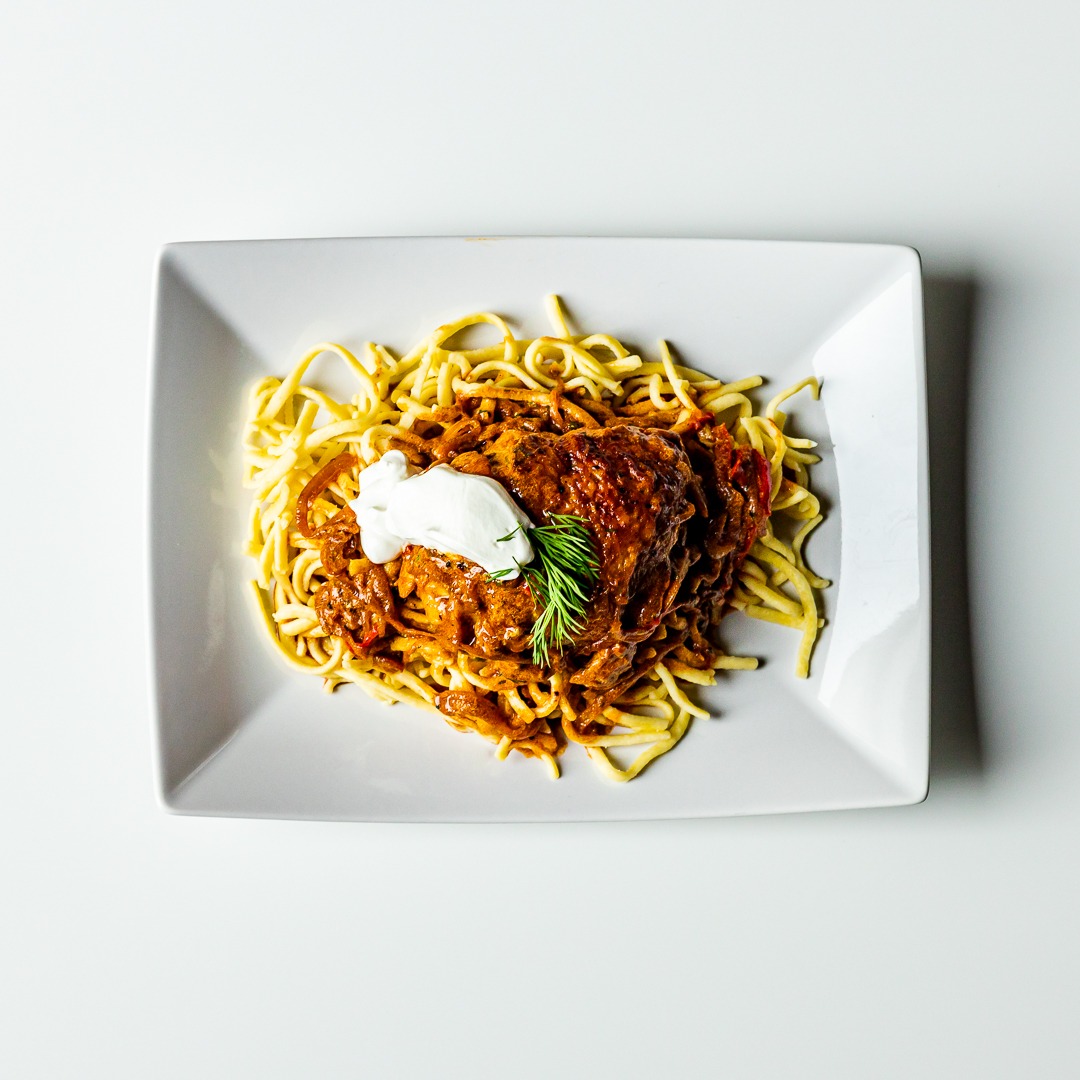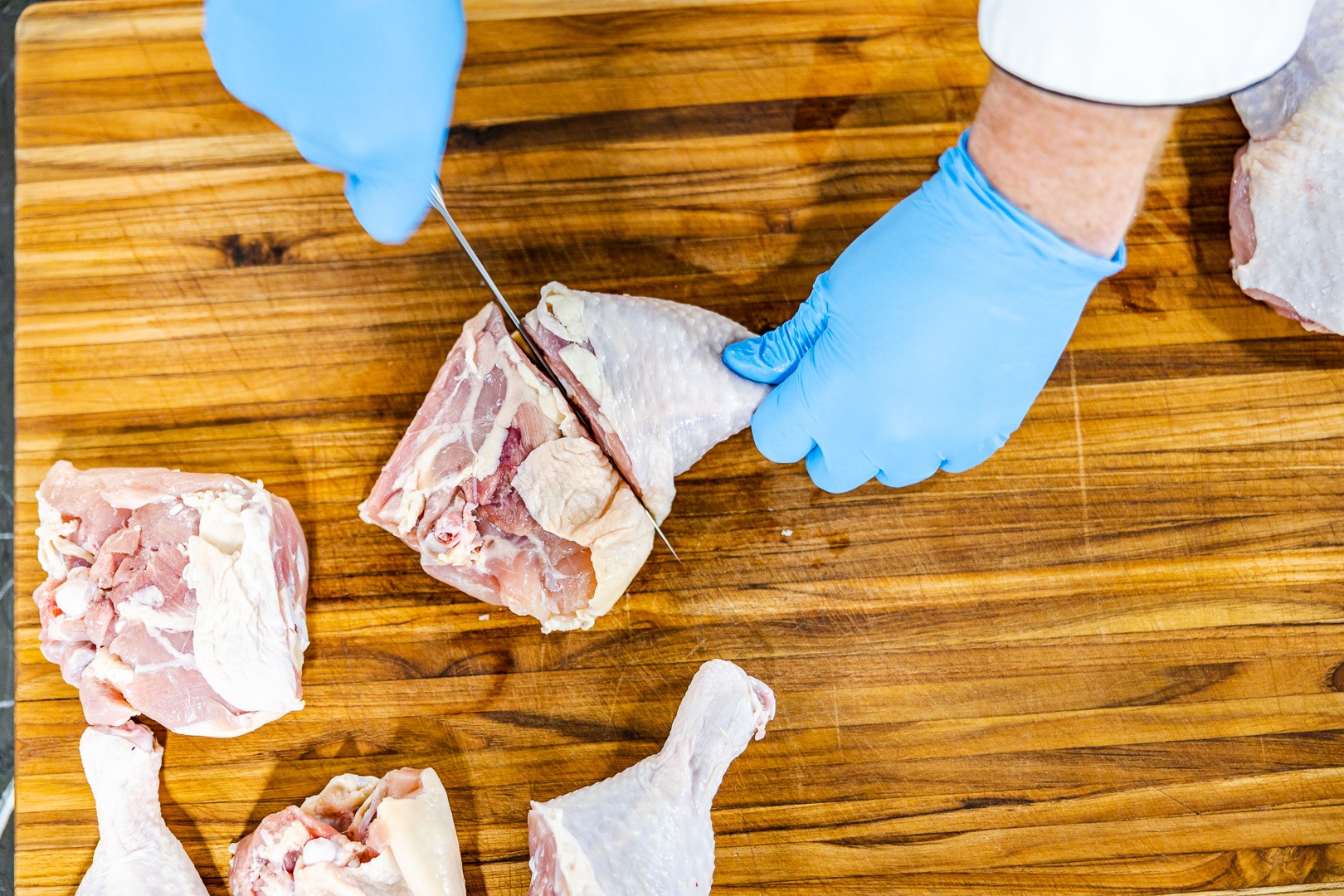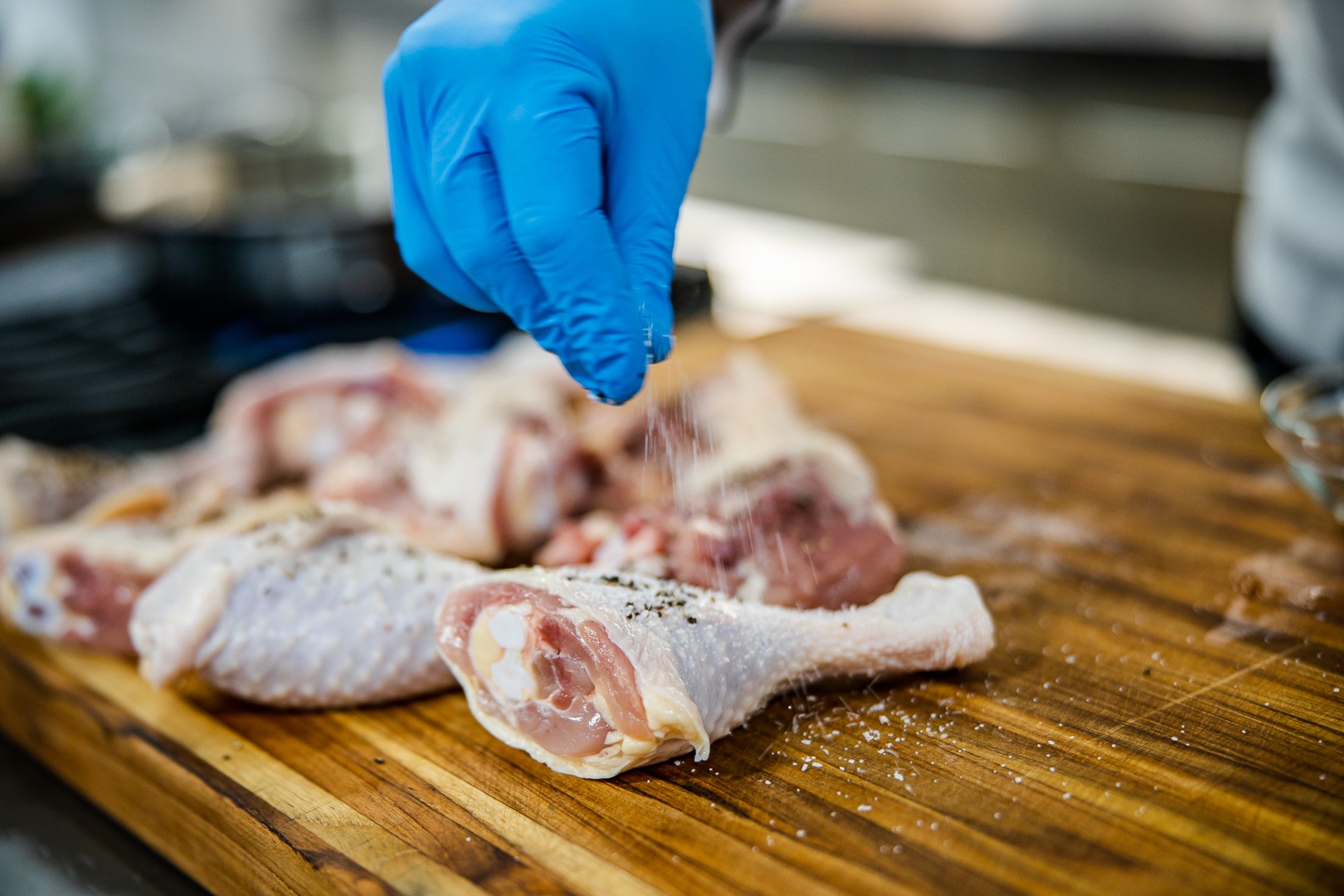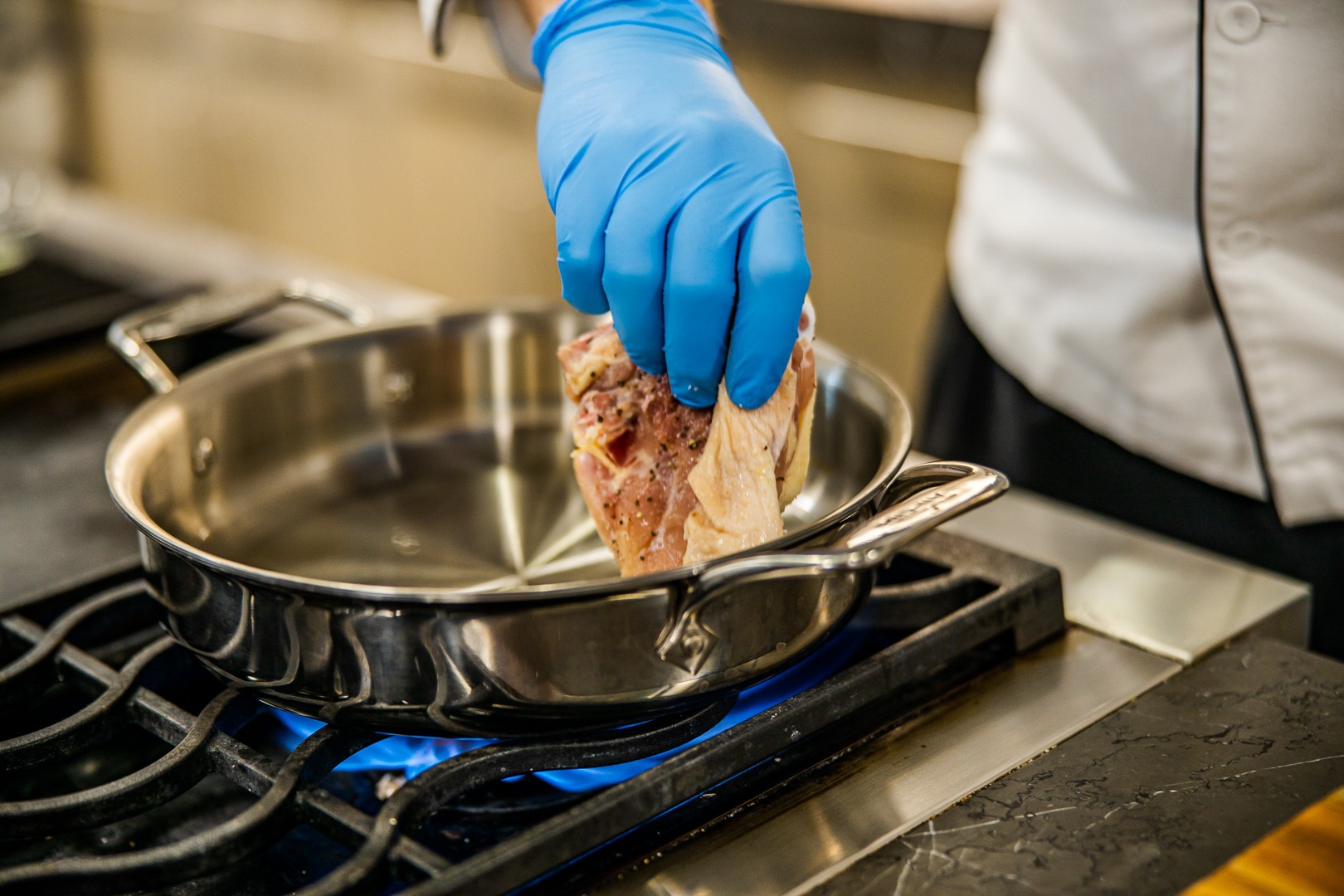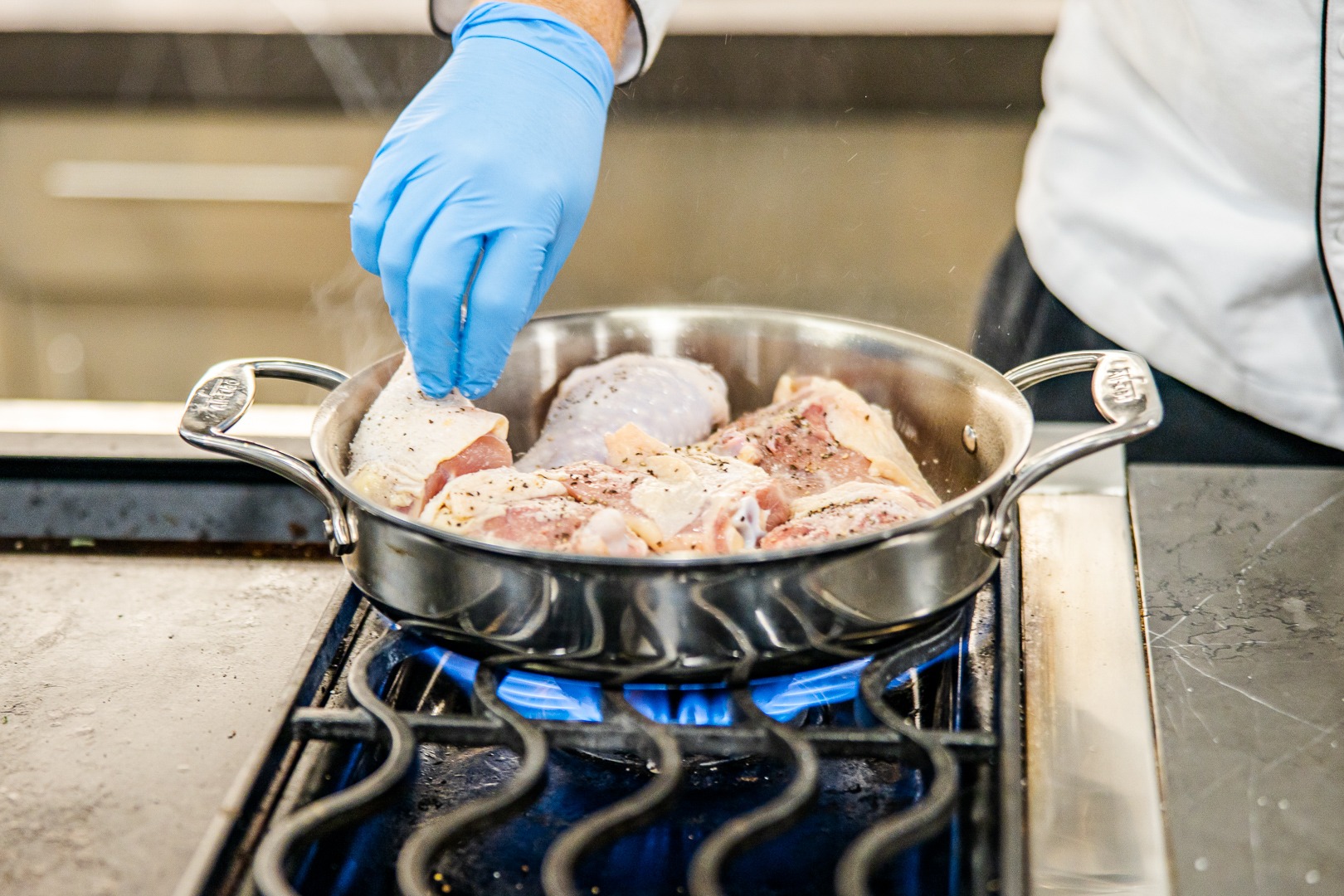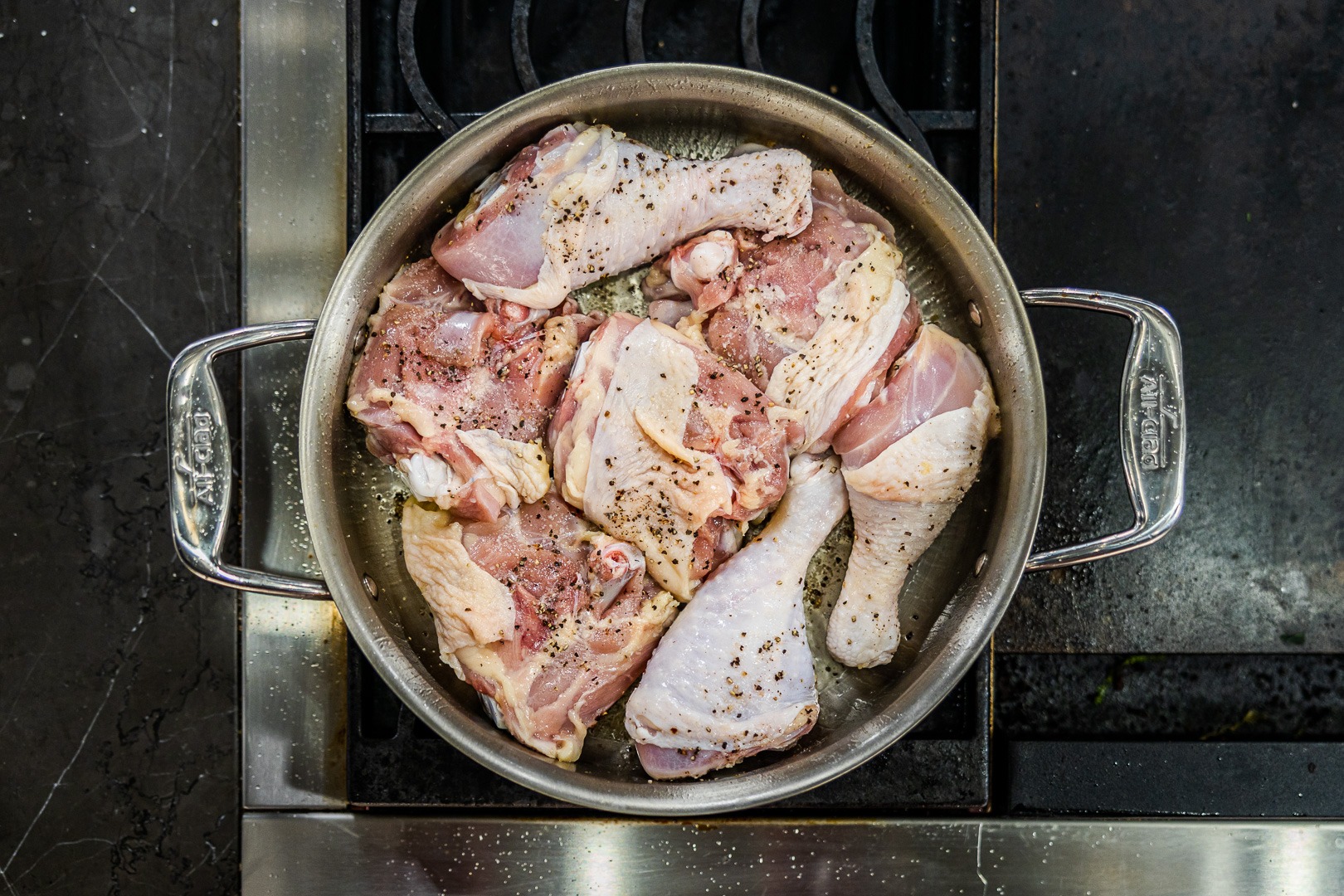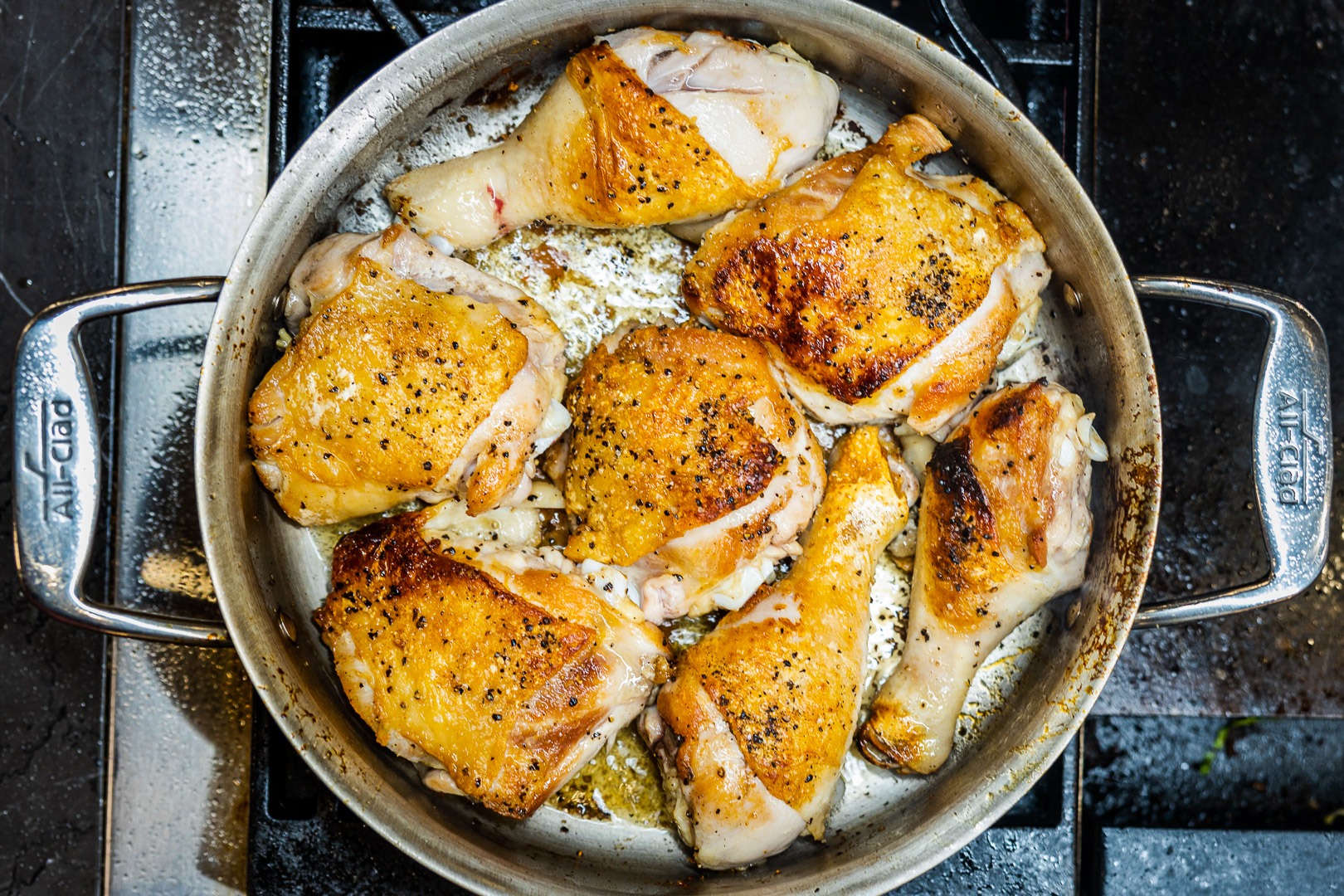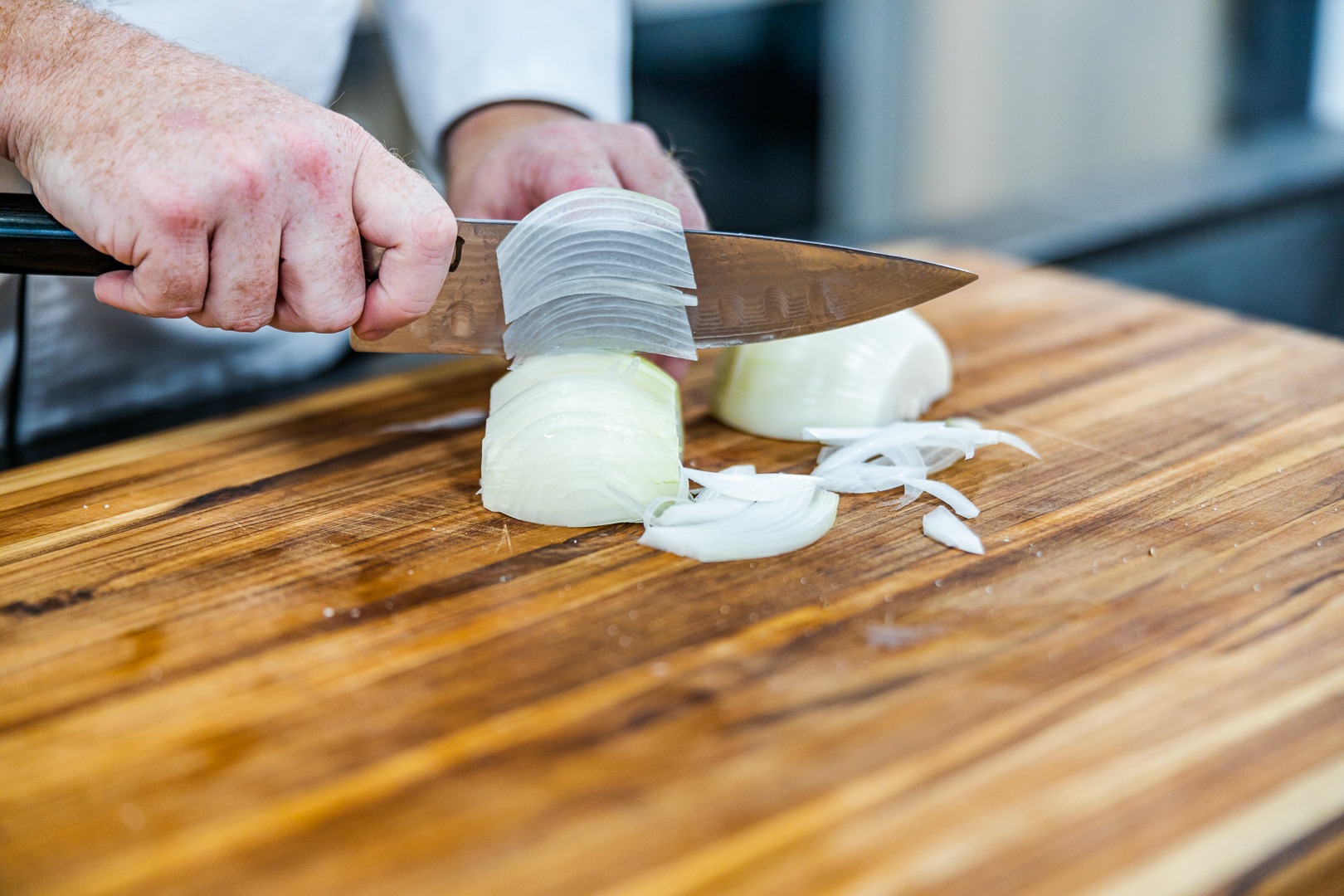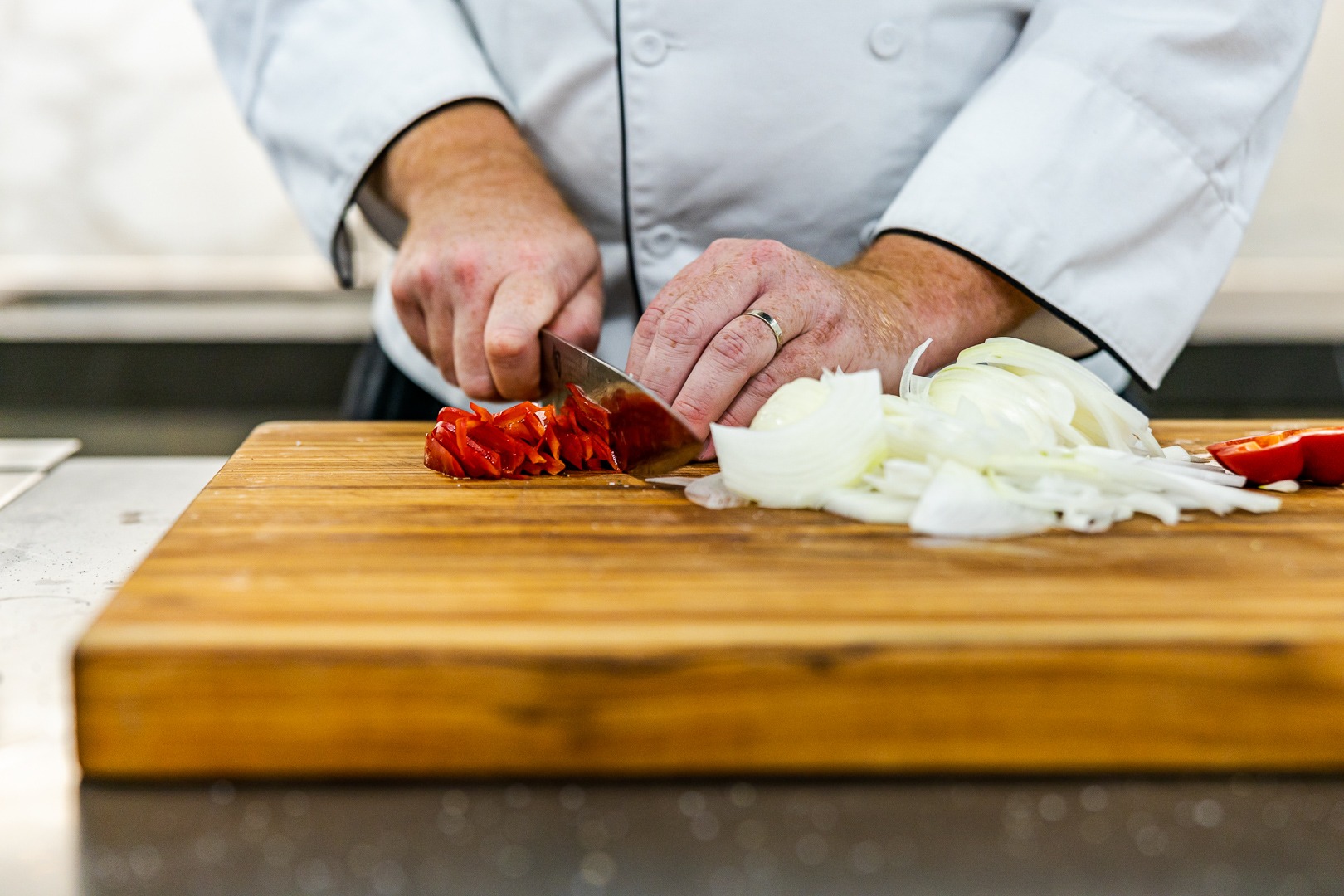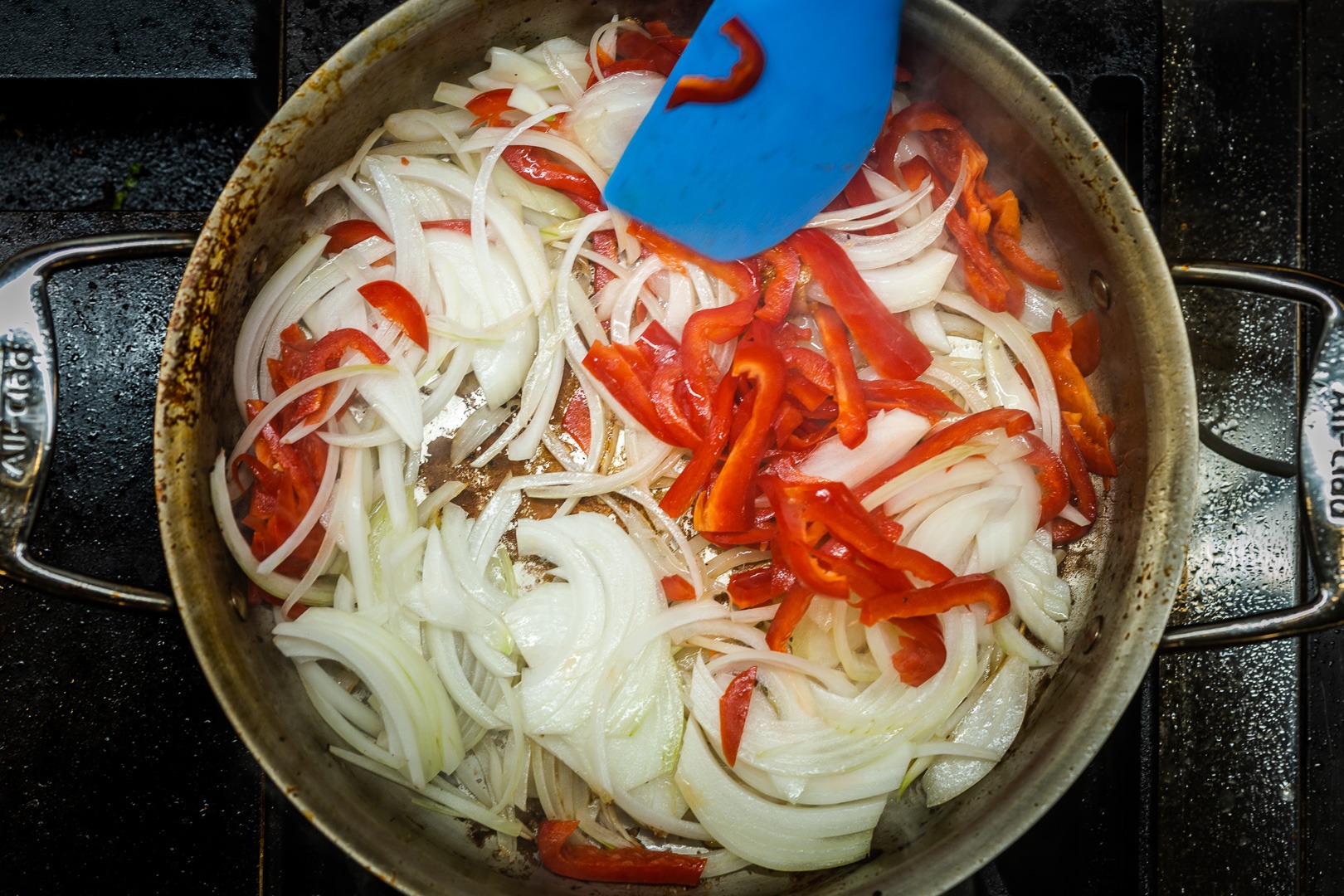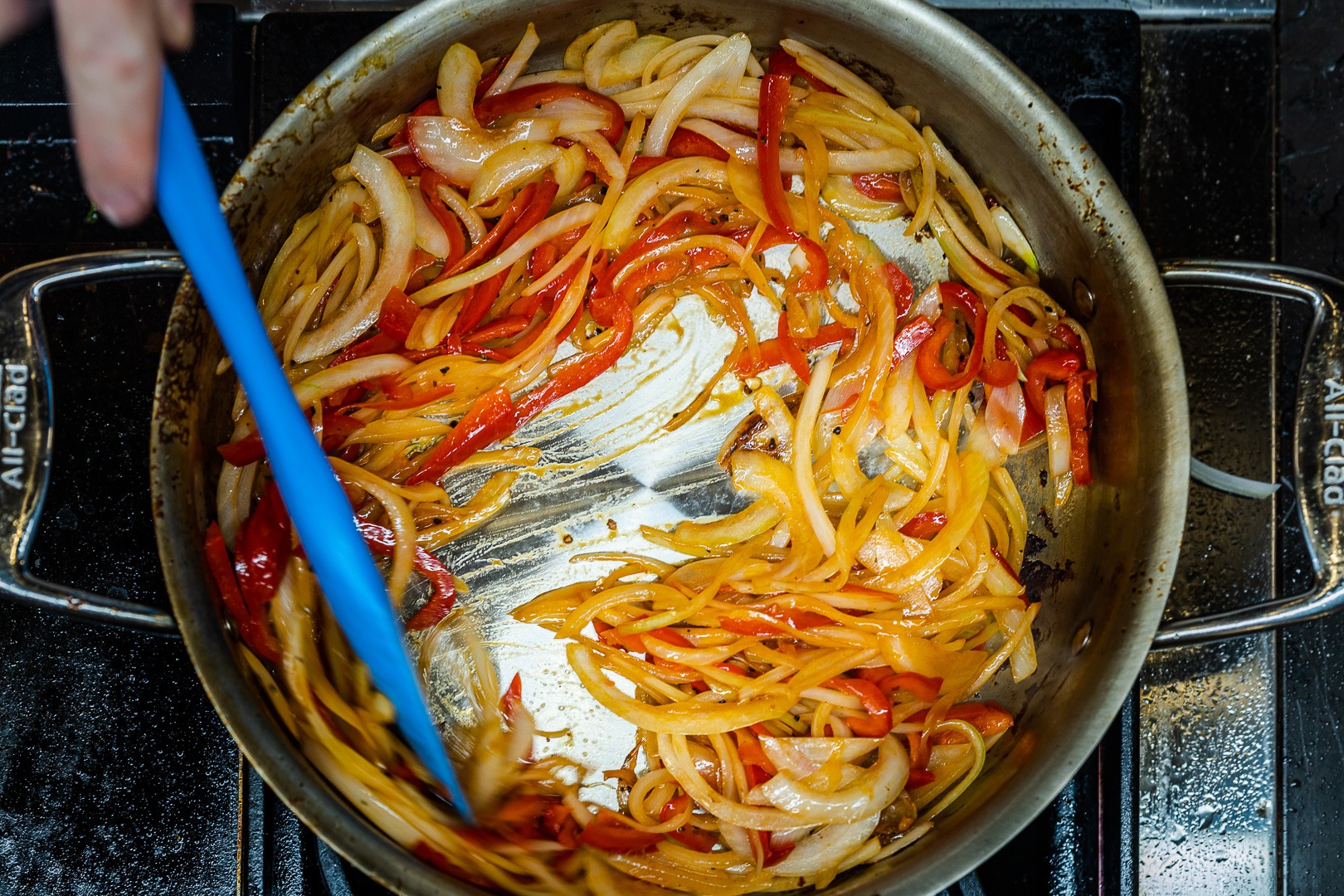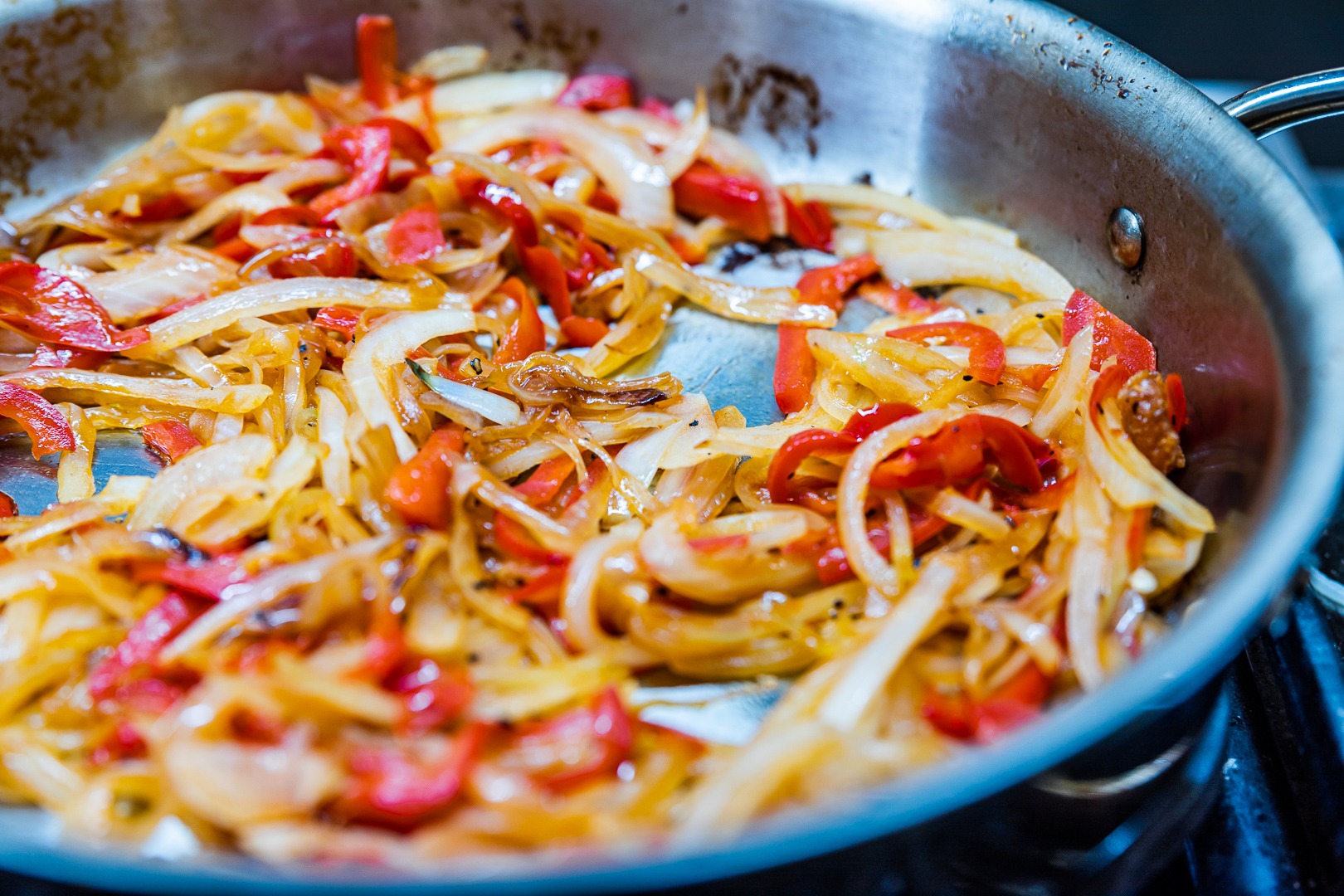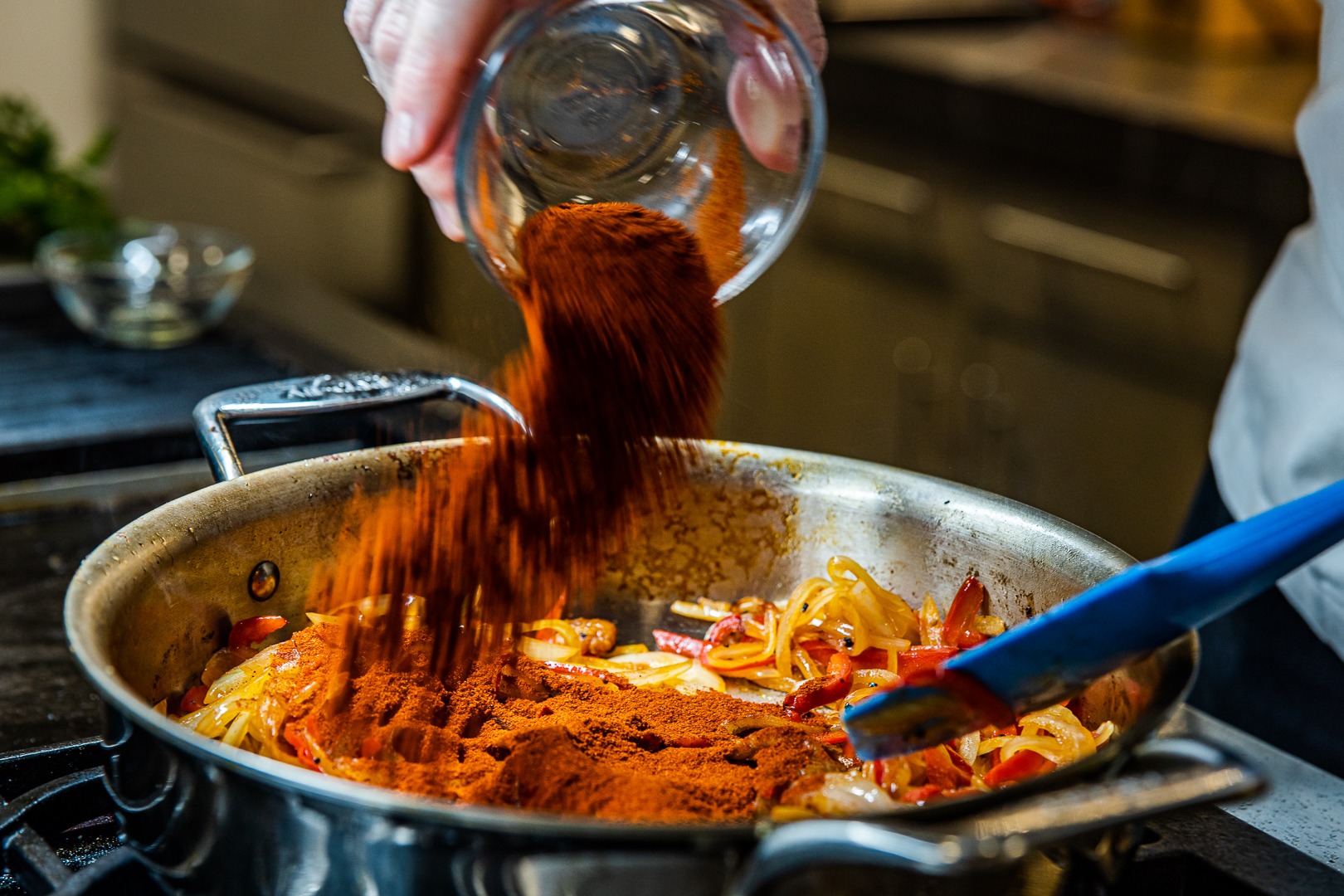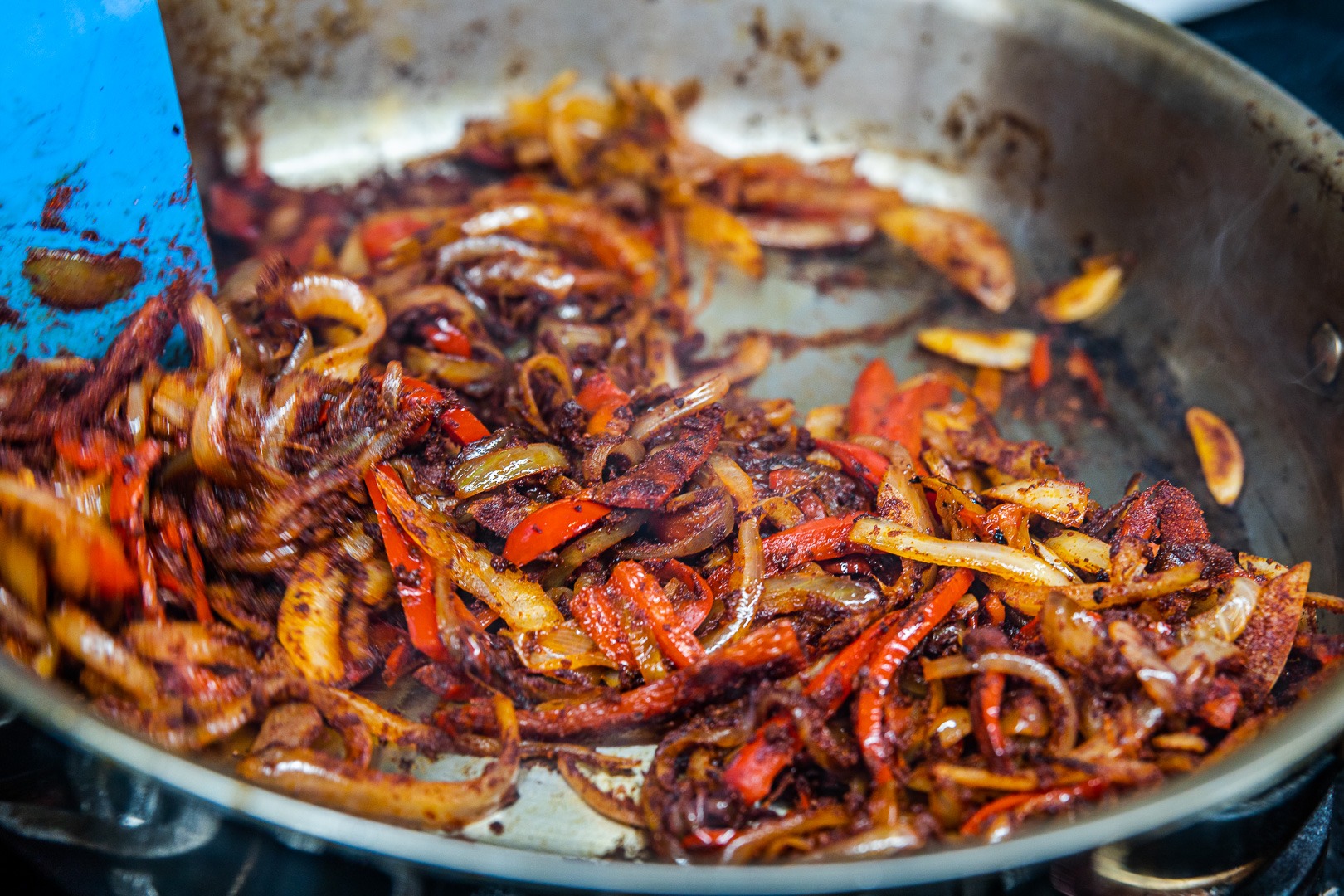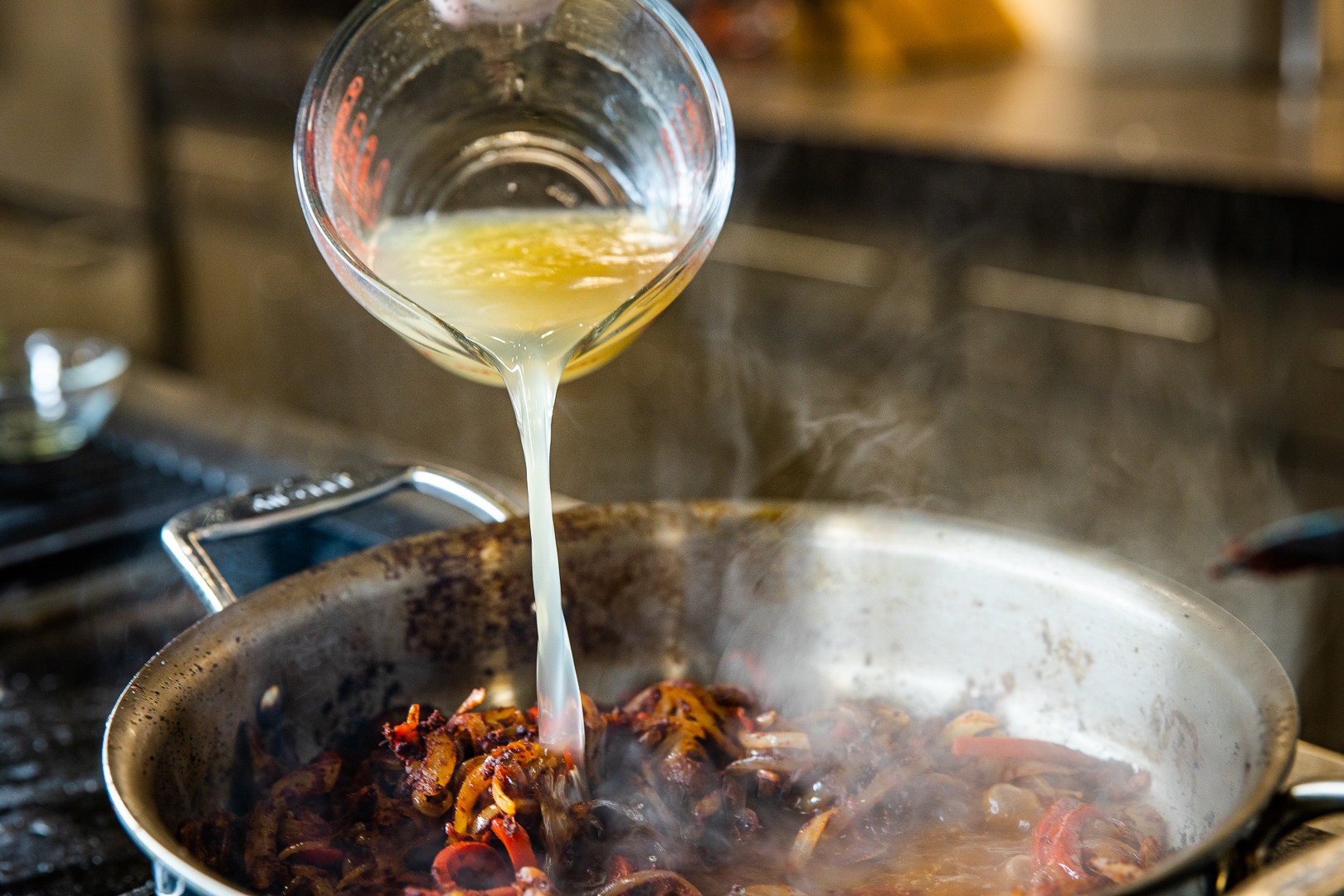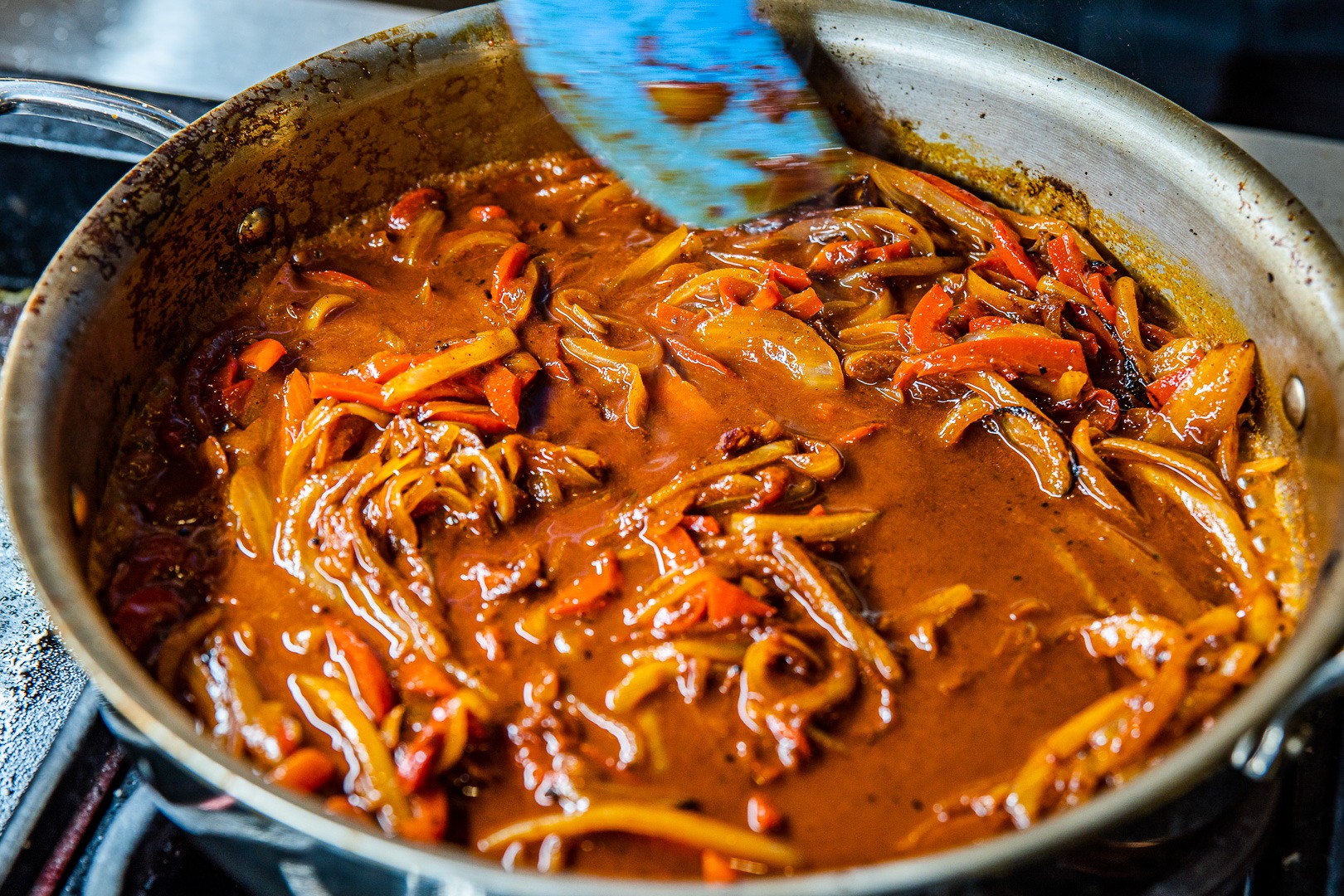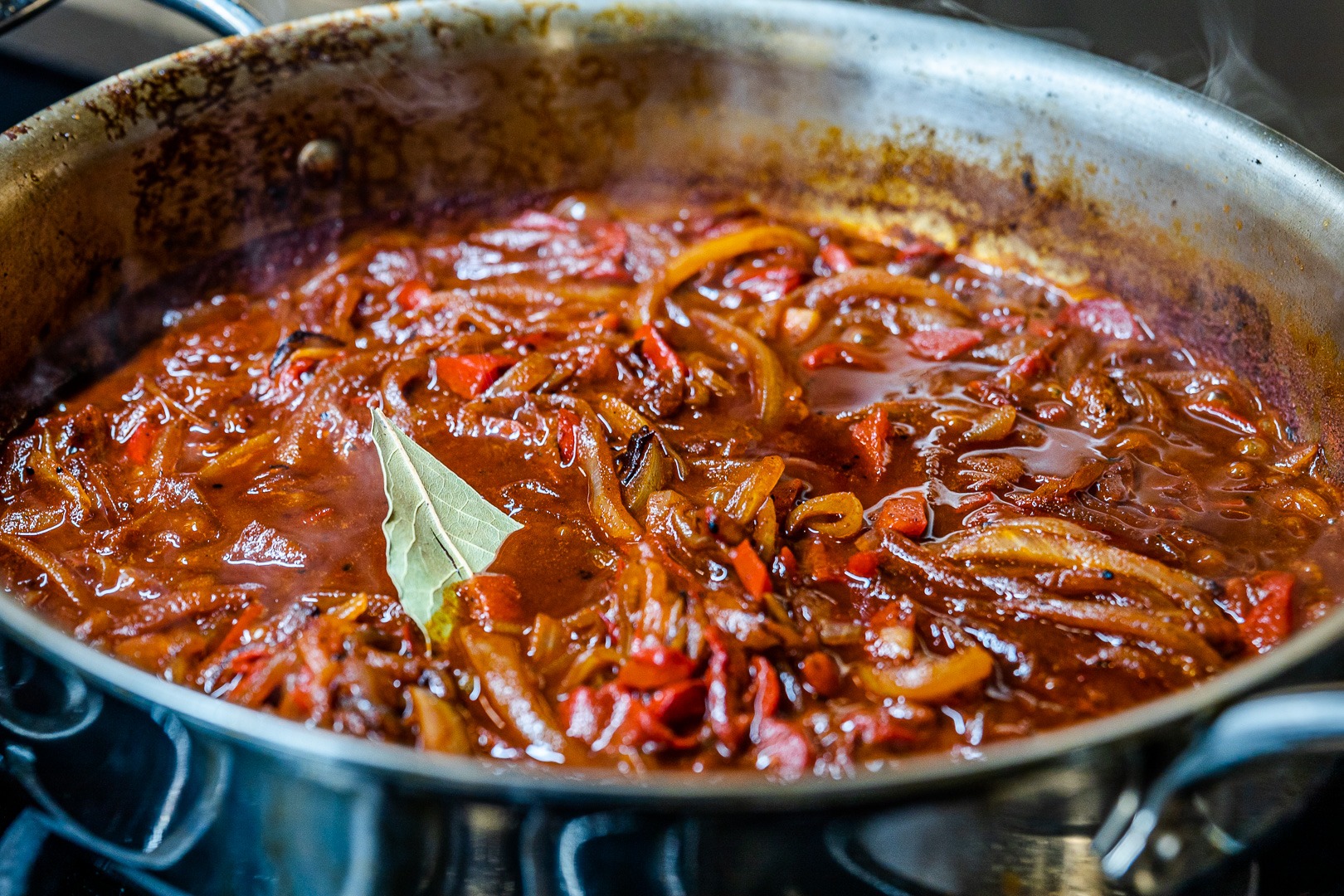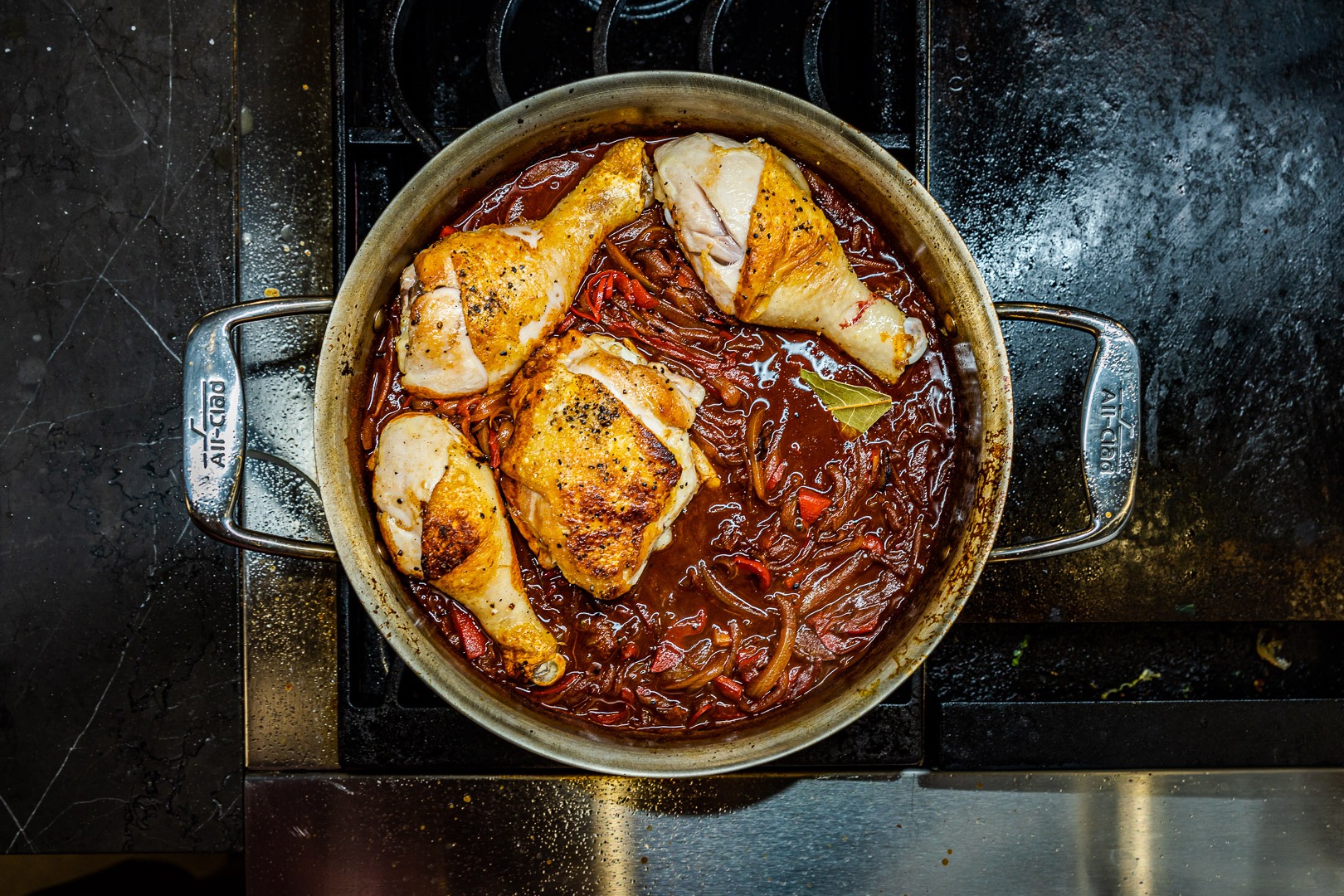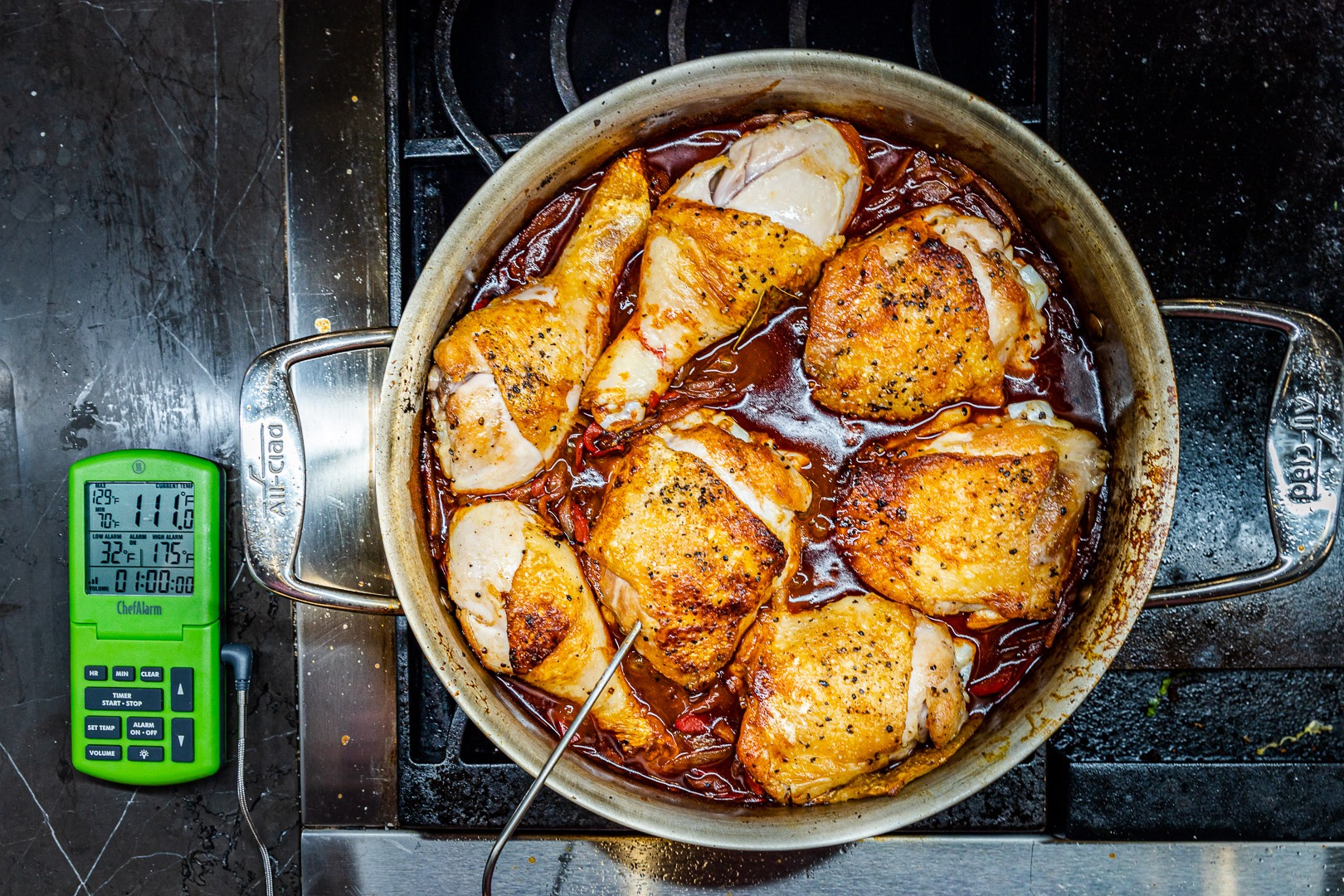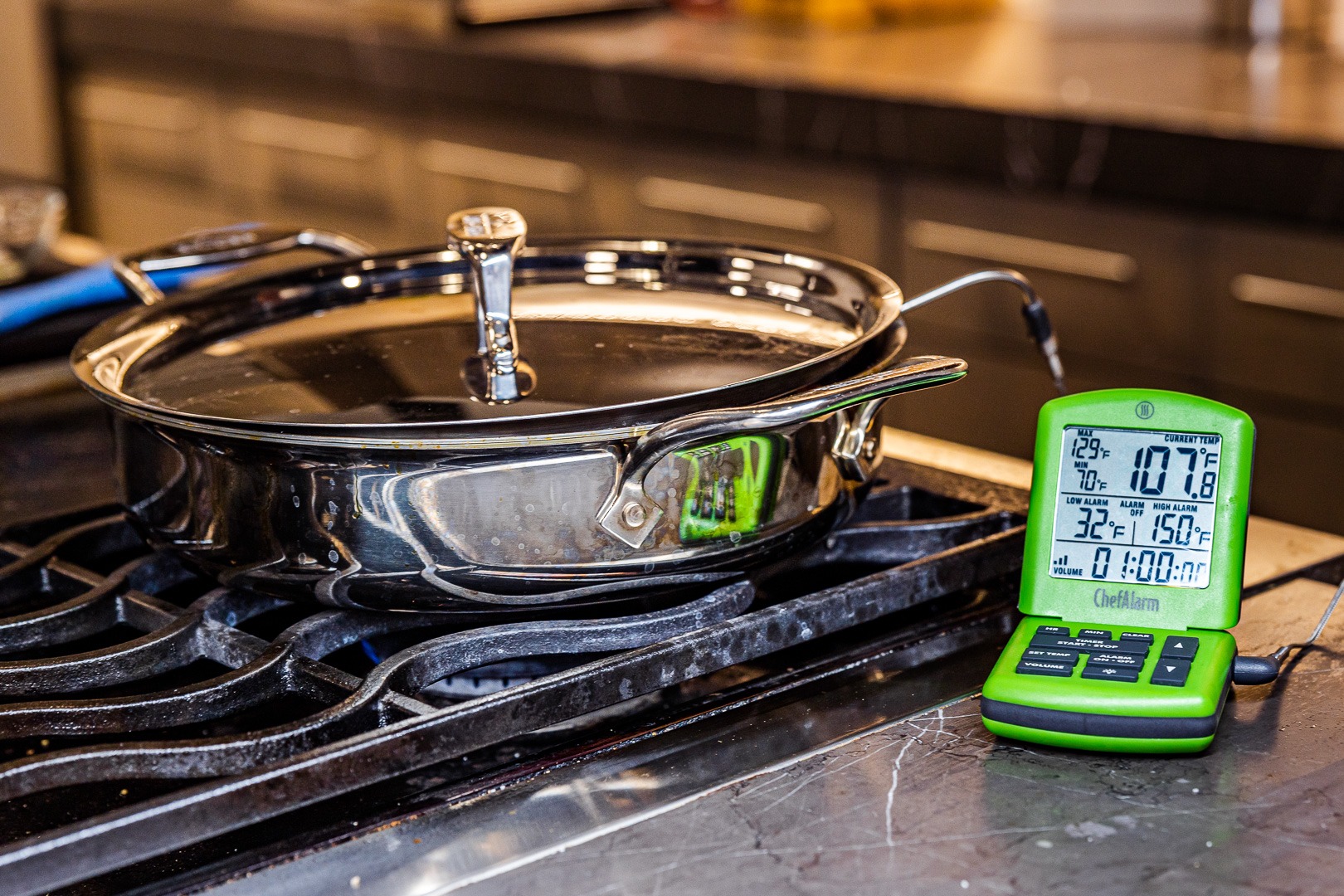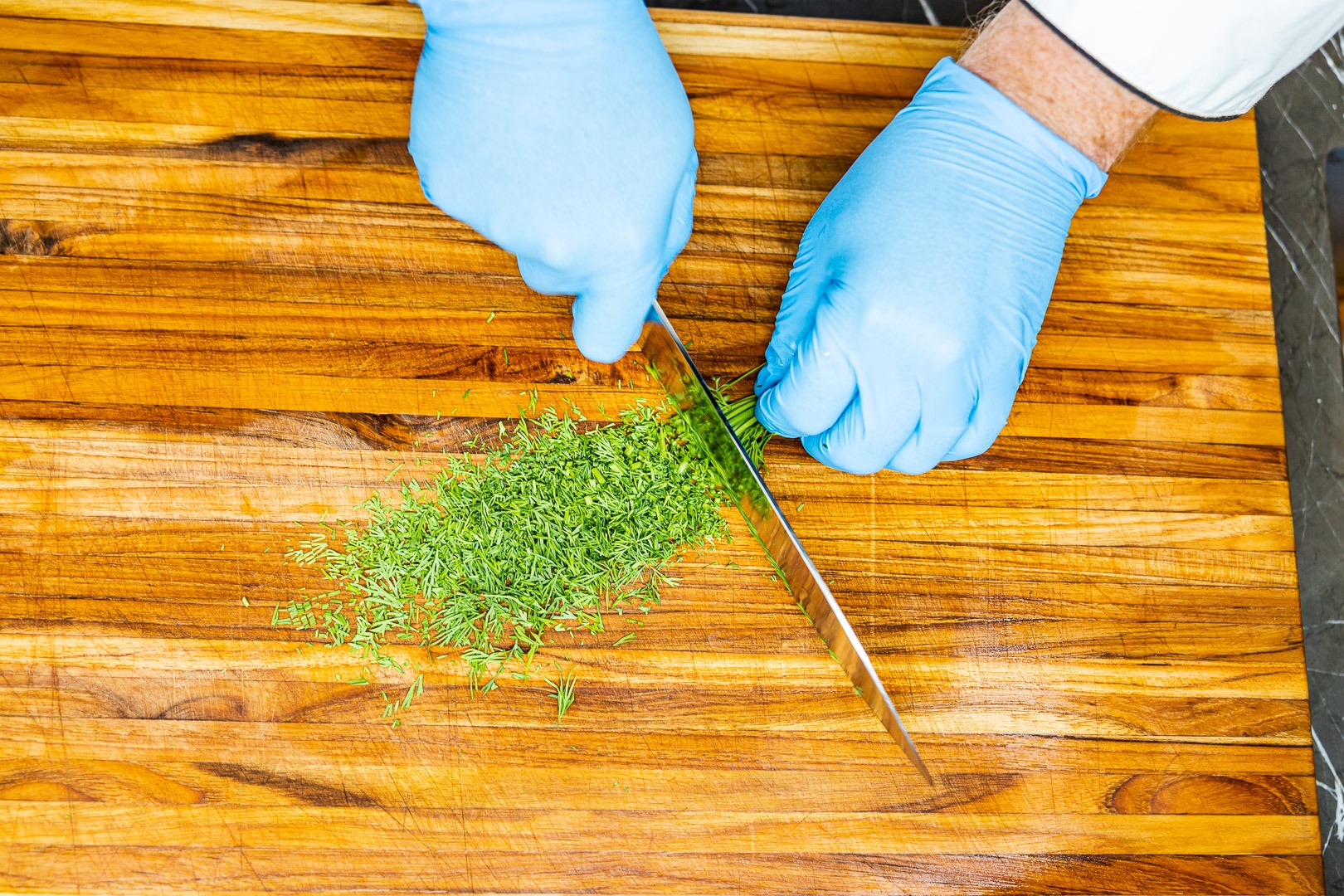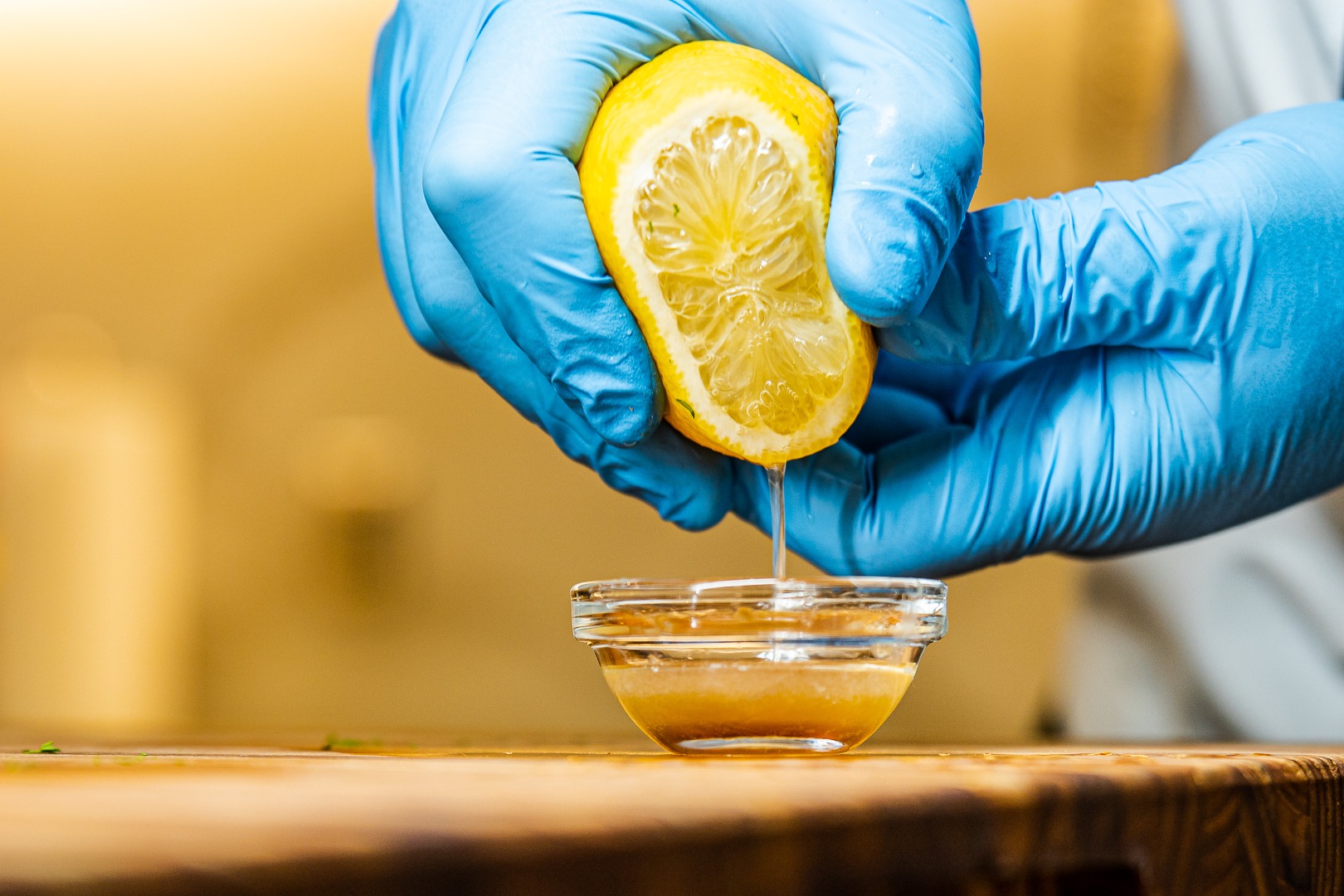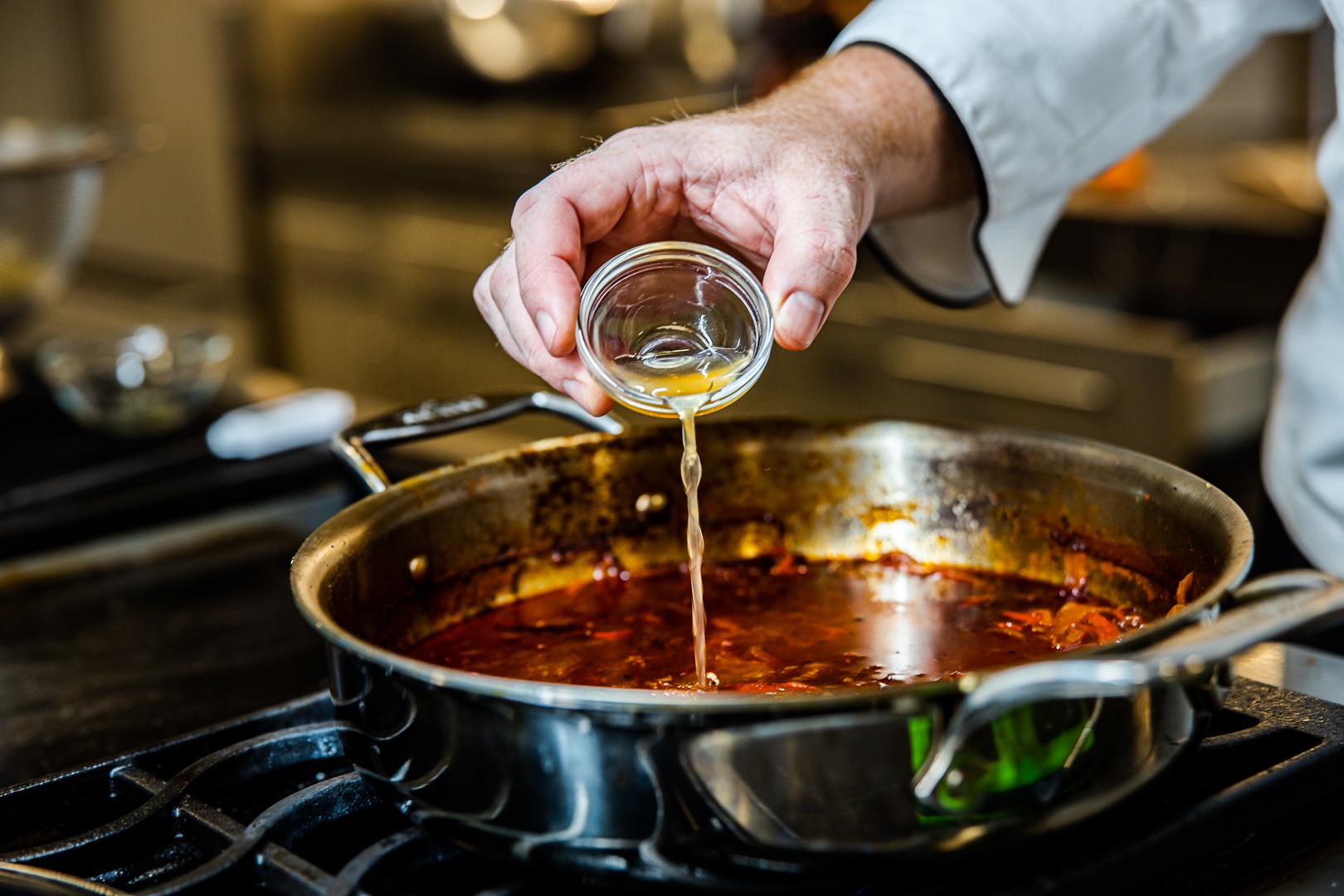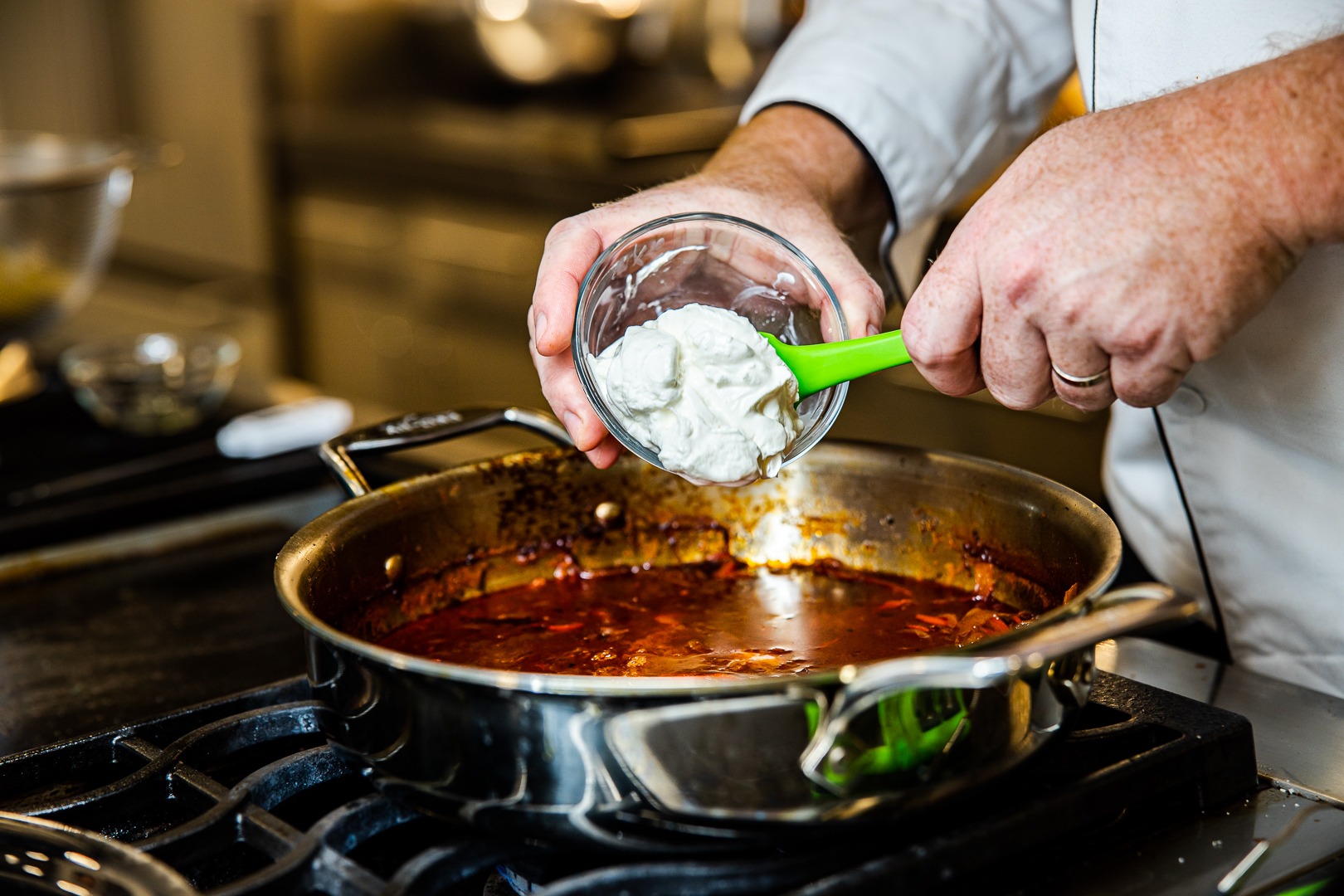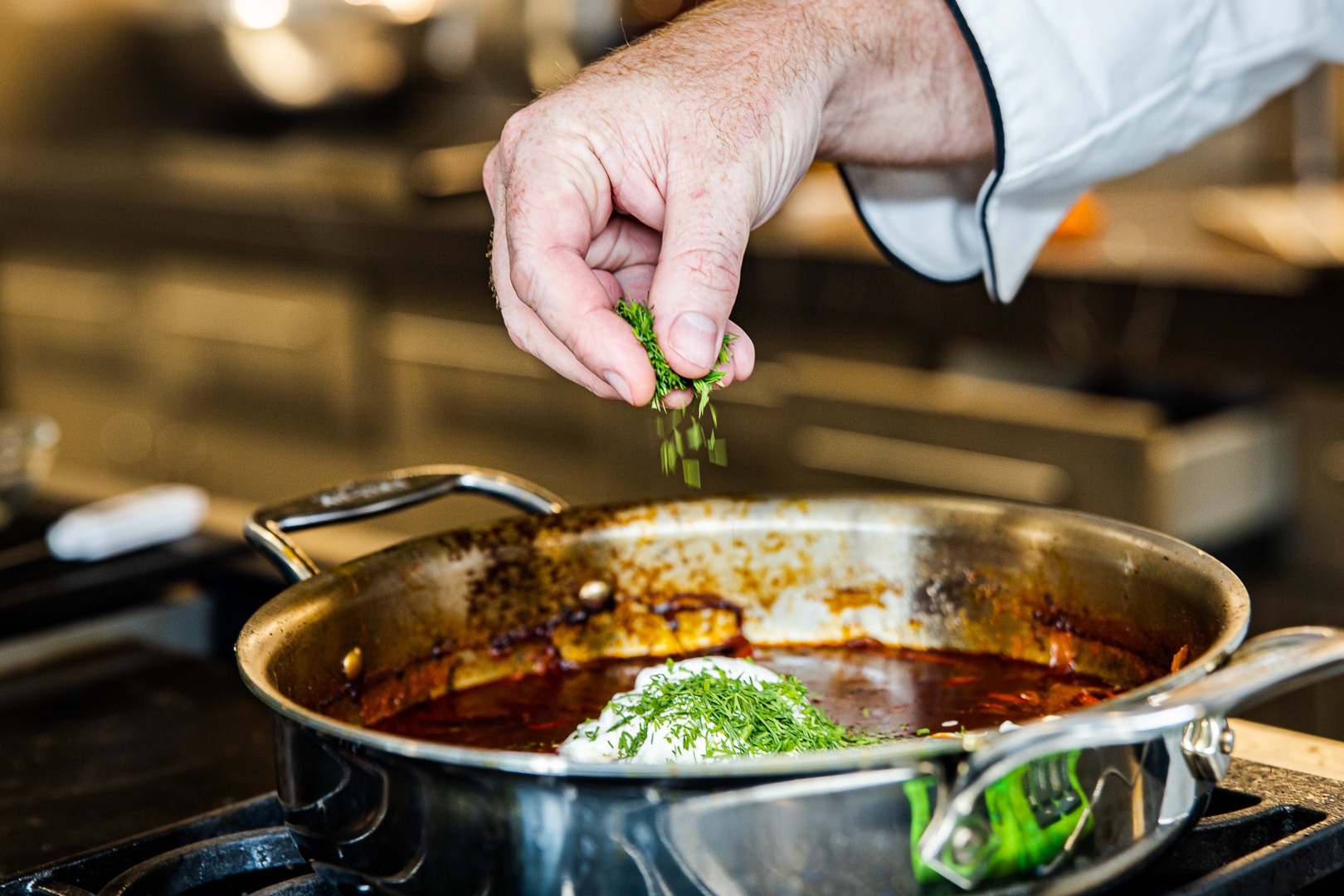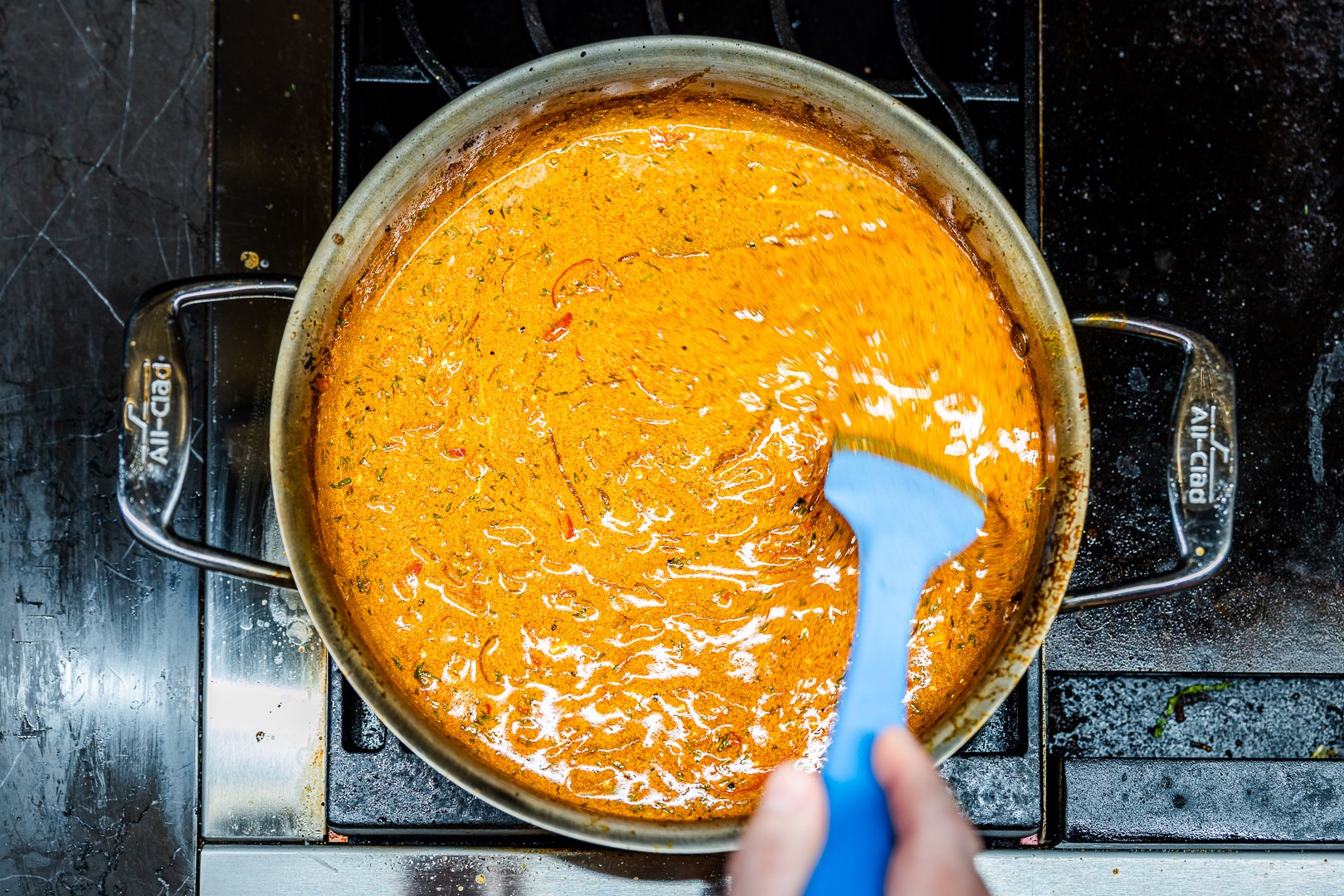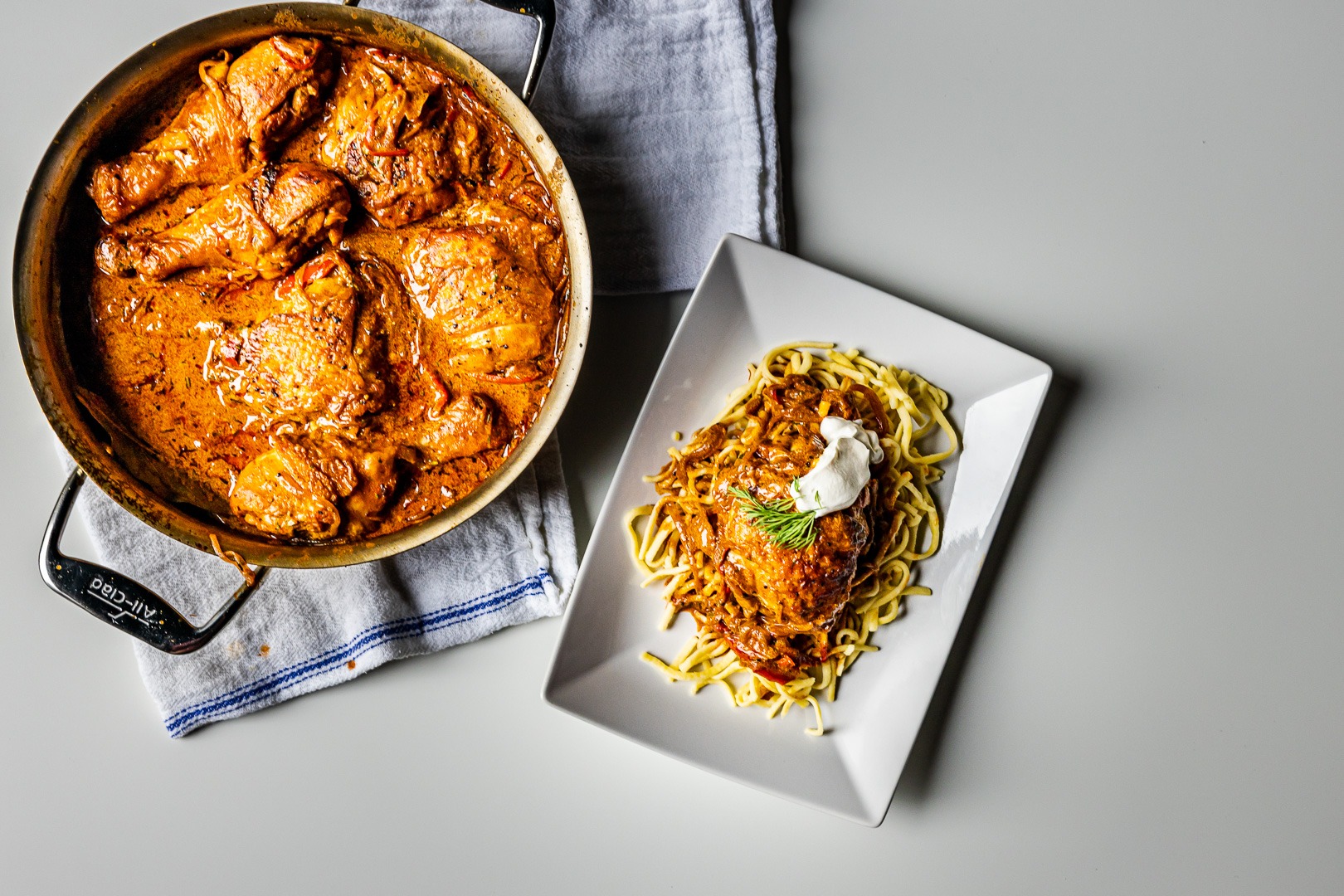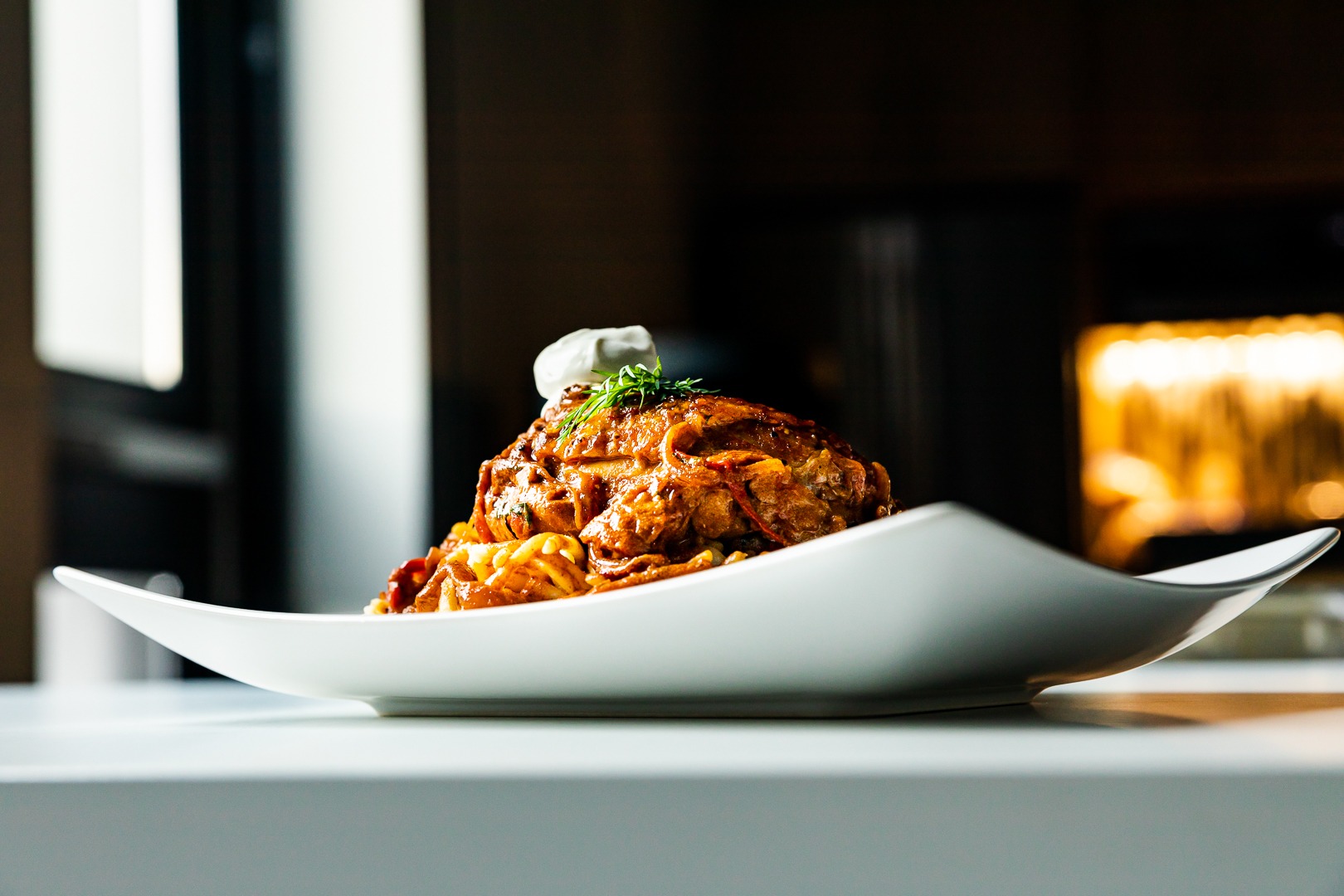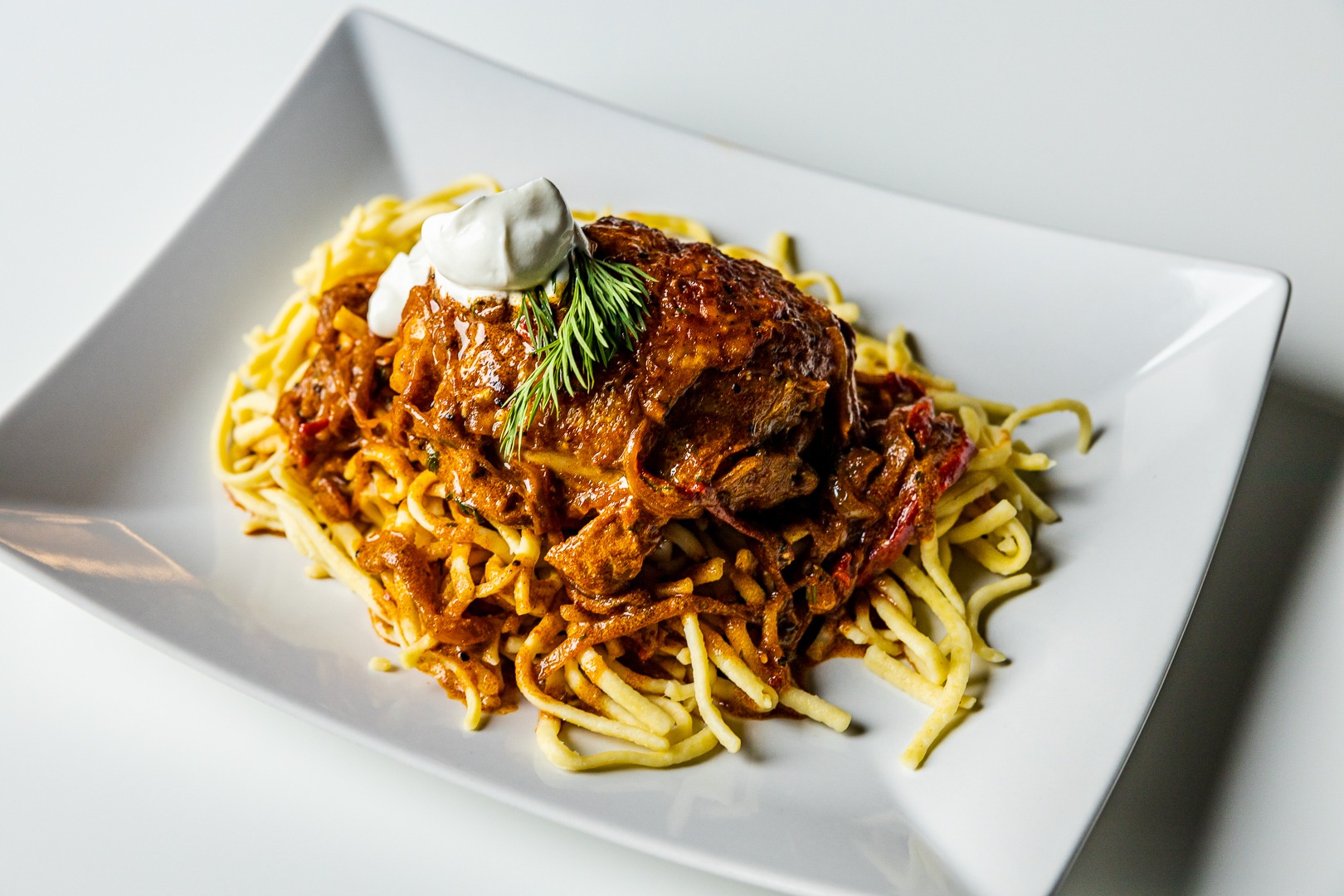Chicken Paprikash: Braised to Temp for Best Results
Are you ready for some comfort food? No, not from the South…from the East. Hungary, that is. Today we’re looking at one of the national dishes of Hungary: chicken paprikash. Why a Hungarian national dish? Because it is one that has endeared itself to Americans all over with its warmth and soft richness. Want a dish for a cold drizzly night? Something to recoup your energy after shoveling snow? Finally getting over that cold and you’re ready for something hearty and filling? Paprikash all around.
If your Oma didn’t teach you to make it, don’t worry. It’s fantastically easy to make, and with the help of the ChefAlarm®, even easier to get just right.
What is chicken paprikash?
Chicken paprikash is a braised dish of chicken that has been slowly cooked in a sauce flavored primarily with onions and paprika (hence the name).
Though variations are as common as grandmothers, the basic recipe consists of sauteed onions, loads of paprika, liquid, and chicken. Many people add sour cream to the sauce to finish it, but Jewish versions of the dish don’t, as mixing dairy and meat would make the dish un-kosher. Some use tomatoes, others consider them anathema. Fresh dill is often welcome, but can be a controversial flavor for some. Some add red bell peppers (this one does), which makes sense from a flavor standpoint but may not be as “authentic.” Don’t add green bell peppers. Please.
In most paprikash versions, dark-meat chicken is preferred, as it braises well without drying out. As you may have read in our post about chicken internal temperatures, dark meat chicken not only can handle internal temperatures above the food-safety threshold, it is actually improved by them. The connective tissue that makes dark meat chewy breaks down at higher temps, so chicken cooked hotter is better…to a point. Ideally, dark meat chicken should be cooked to 175–185°F (79–85°C), and judging that by hand is hard. We recommend probing the chicken with a leave-in probe thermometer lie the ChefAlarm® while the braising, with a high-temp alarm set to 175°F (79°C). It takes the guesswork out of knowing if your chicken is ready to eat.
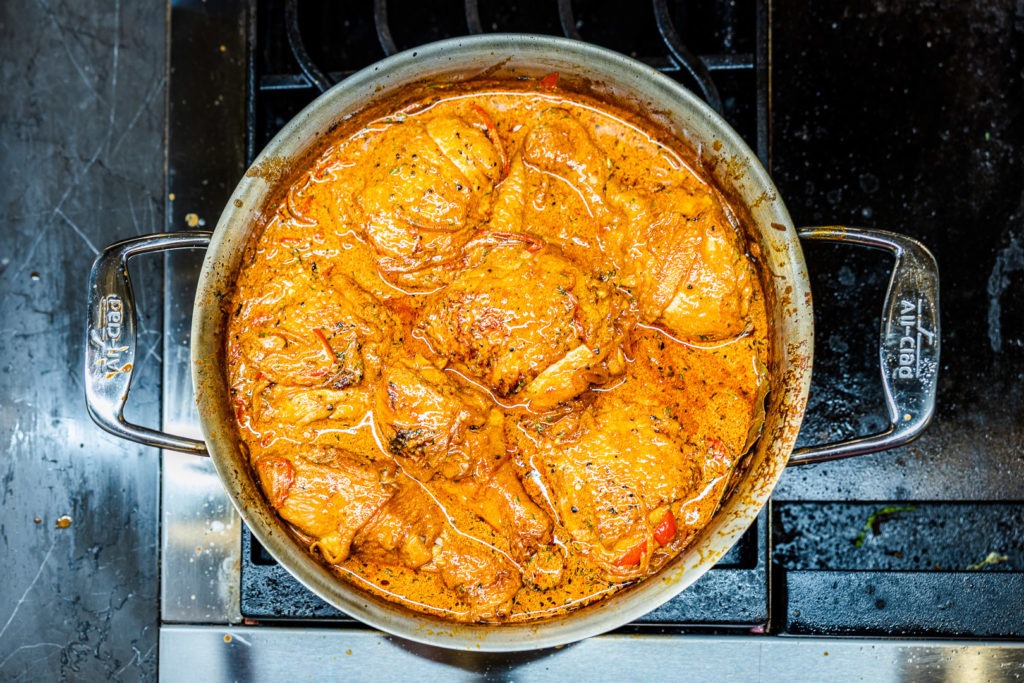
Really, just onions and paprika?
Yes, paprikash is mostly just flavored with onions and paprika, but that leads us to an important point: you need to use fresh paprika for this dish. Most people let a tin of paprika sit in their spice cabinet for years between uses, which means their paprika is stale at best and rancid at worst. A full quarter-cup goes into this recipe and you want its flavor to shine—using stale paprika will not make a tasty dish. If your paprika is more than a year old, head to the store (or, even better, a shop that specializes in spices) and pick up some fresher paprika for this dish, it’ll be worth it. Despite the simplicity, it is a rich and rewarding dish.
Aside from the richness of the dish, added heft is provided by the accompanying starches. Paprikash is usually served over potatoes boiled in well-salted water, buttered egg noodles, or, my favorite, spaetzle noodles. Some people toss the noodles or potatoes with the plentiful sauce before serving, but I like to spoon it on separately.
Chicken paprikash recipe
Based on the recipe by J. Kenji López-Alt on SeriousEats.com
The addition of powdered gelatin to the stock builds richness and body into the sauce, and the hit of lemon juice and fish sauce wake all the flavors right up.
Ingredients
- 1 C chicken stock
- 1 packet powdered, unflavored gelatin (about 2 1/2 tsp)
- 4 whole chicken legs, split into thighs and drumsticks (about 2 pounds)
- Kosher salt, ground black pepper
- 1 Tbsp vegetable oil
- 1 large yellow onion, thinly sliced
- 1 red bell pepper, sliced thinly (optional)
- 1/4 C (1 oz) high-quality Hungarian sweet paprika
- 1 bay leaf
- 1/2 C sour cream, plus more for garnish
- 1/2 tsp Asian fish sauce
- 1 tsp fresh lemon juice
- Minced fresh dill or parsley leaves (optional)
- Egg noodles, boiled potatoes, or spaetzle for serving
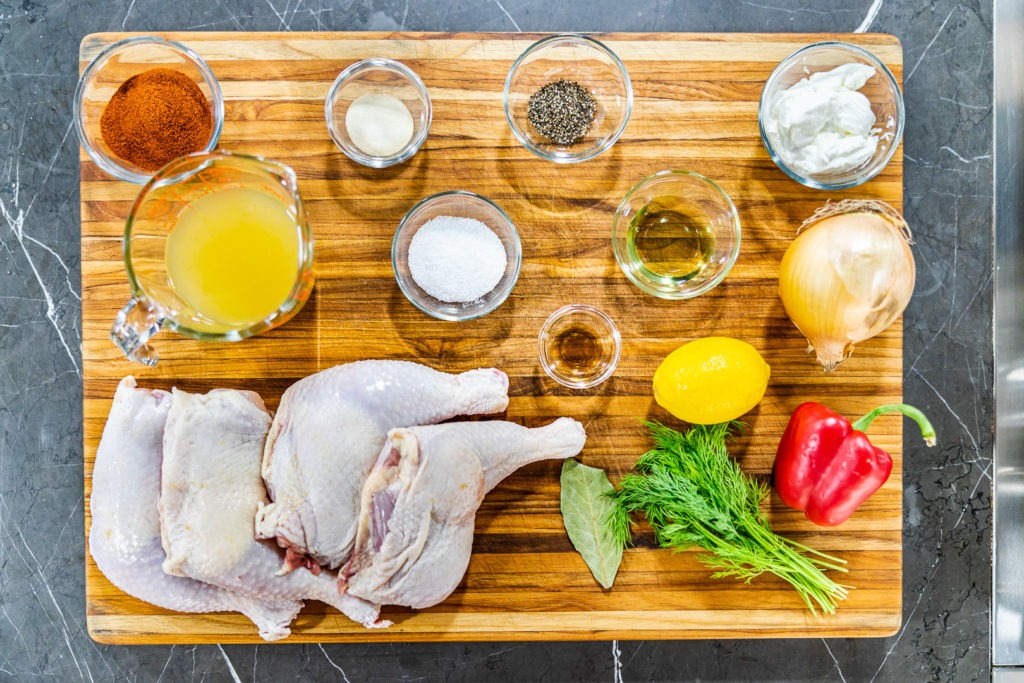
Instructions
- Sprinkle the gelatin on the surface of the room-temp stock to allow it to dissolve and bloom.
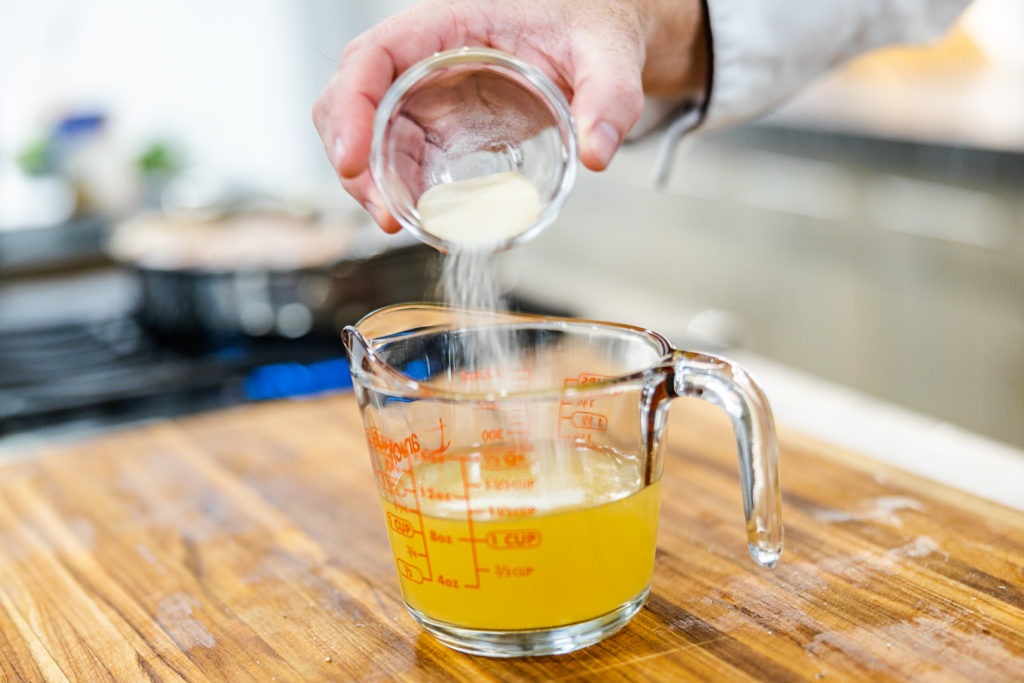
- Liberally season the chicken all over with salt and pepper
- Heat the oil in a very large, flat bottomed heavy sautee pan or dutch oven over medium-high heat until it just starts to smoke.
- Place the chicken pieces, skin-side-down in the hot oil and cook without moving until nicely browned. (6-8 minutes)
- Turn each piece of chicken over and cook for an additional 2–3 minutes.
- Remove the chicken from the pan and reserve it. Pour out all but about 1 Tbsp of the oil in the pan.
- Return the pan to heat and add the sliced onion and bell pepper. Cook, stirring, until the onion softens and just starts to brown.
- Add the paprika all at once and continue to cook until the paprika smells fragrant and slightly fruity/earthy, about 1 minute.
- Add the chicken stock with the dissolved gelatin to the pan and scrape up the browned bits from the bottom.
- Add the bay leaf and nestle the chicken pieces back in the pan, crispy-skin-side up.
- Insert a probe from your ChefAlarm into the largest piece of chicken so that it’s tip is in the very center of the meat. Set the high-temp alarm on your ChefAlarm for 175°F (79°C), place a lid on the pan (the probe will stick out, that’s just fine) and turn the heat to low. Simmer gently.
- Boil prepare your noodles or potatoes during the cooking time.
- When your the alarm on the ChefAlarm sounds (after roughly 30 minutes), verify the temperature with your Thermapen®.
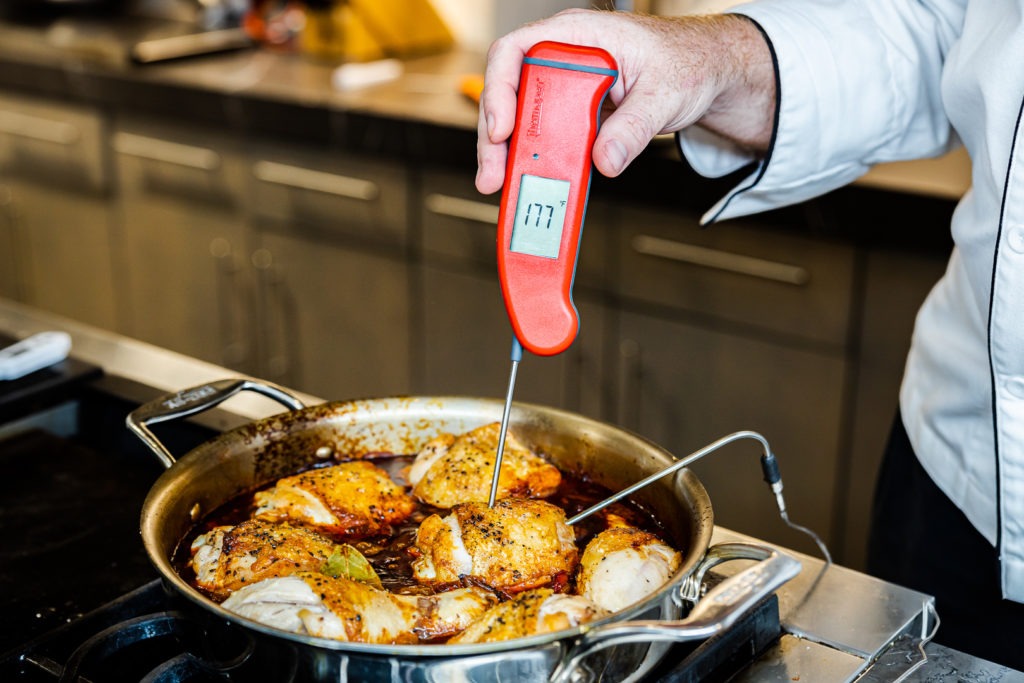
- Remove the chicken to a plate and add the sour cream, lemon juice, and fish sauce, and half of the fresh herbs to the pan. Whisk to combine, check for salt and adjust if neccessary.
- Add the chicken back to the pan, turning to coat.
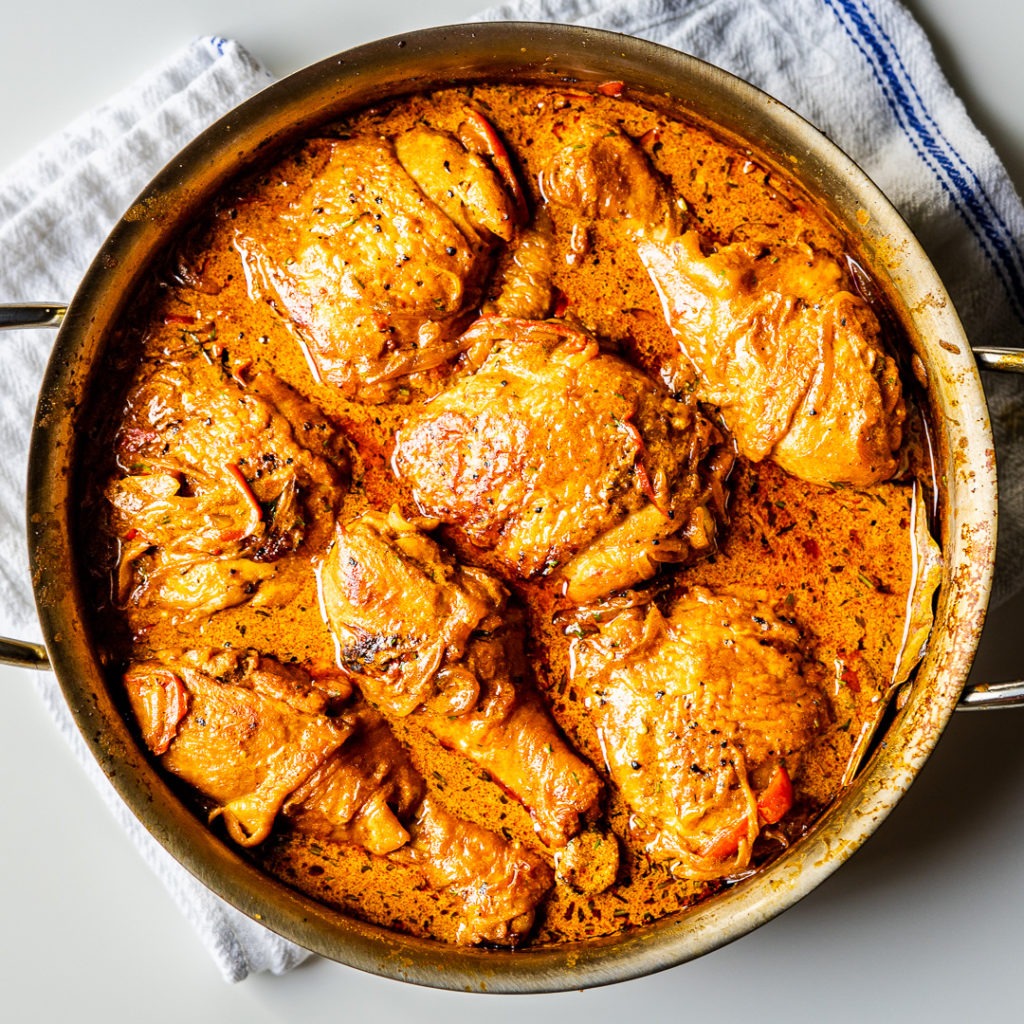
- Serve alongside the noodles, garnished with fresh herbs.
Once you try this simple, satisfying dish, you’ll find yourself making it more and more. It’s warm, it’s hearty, it’s full of nostalgia—even if you never ate it as a child! And with the surety you get from using the ChefAlarm, you can know you’re making it just right every time. Oma would be so proud!
Shop now for products used in this post:


